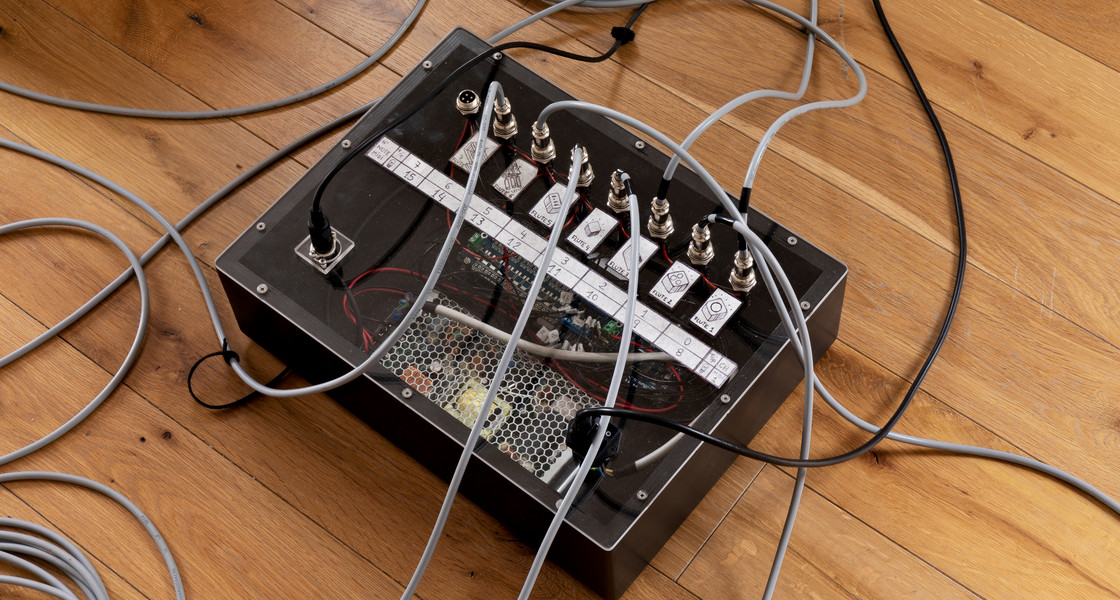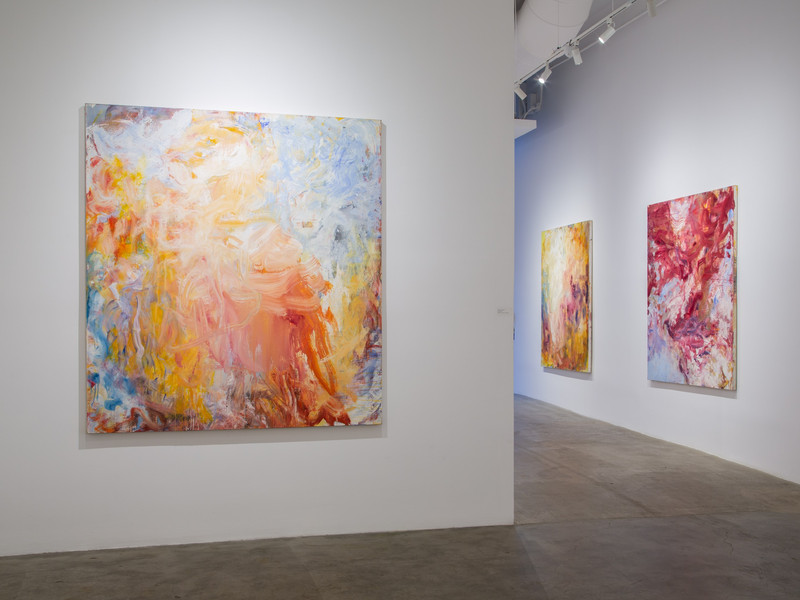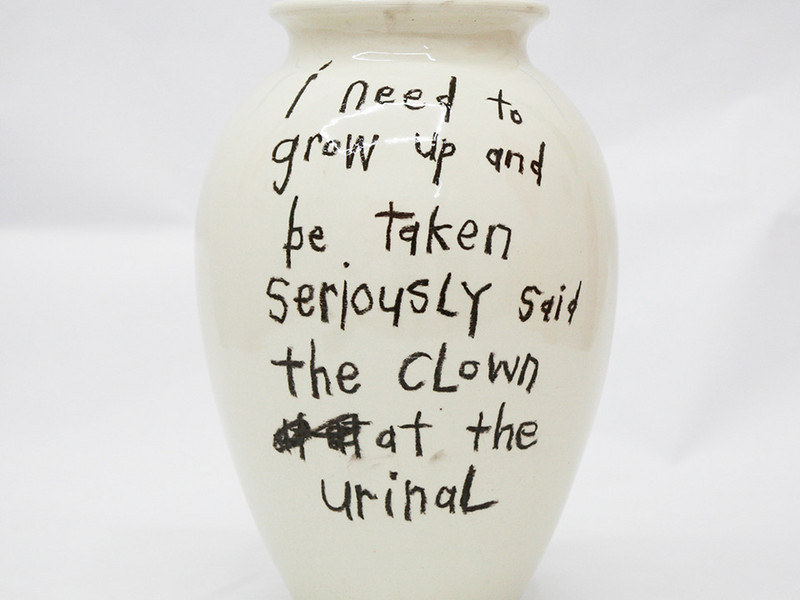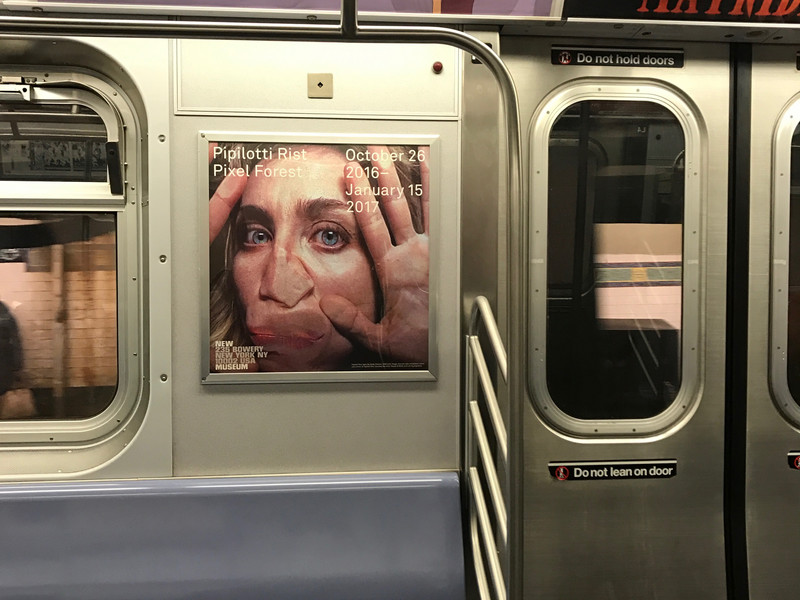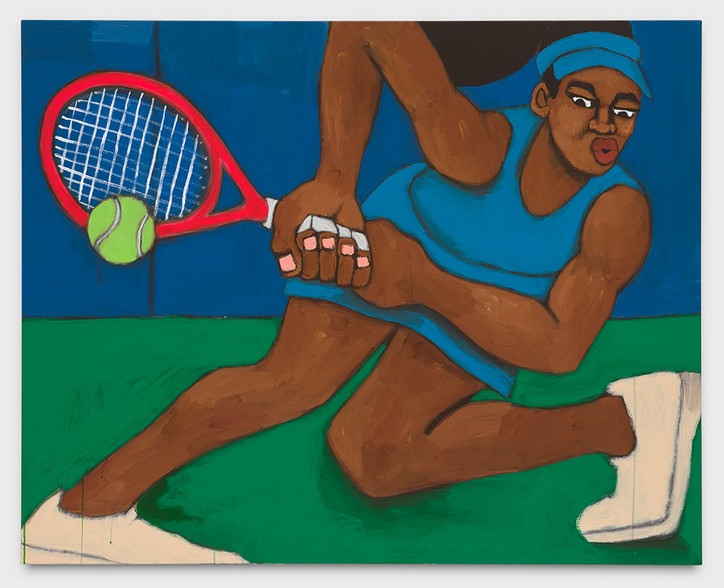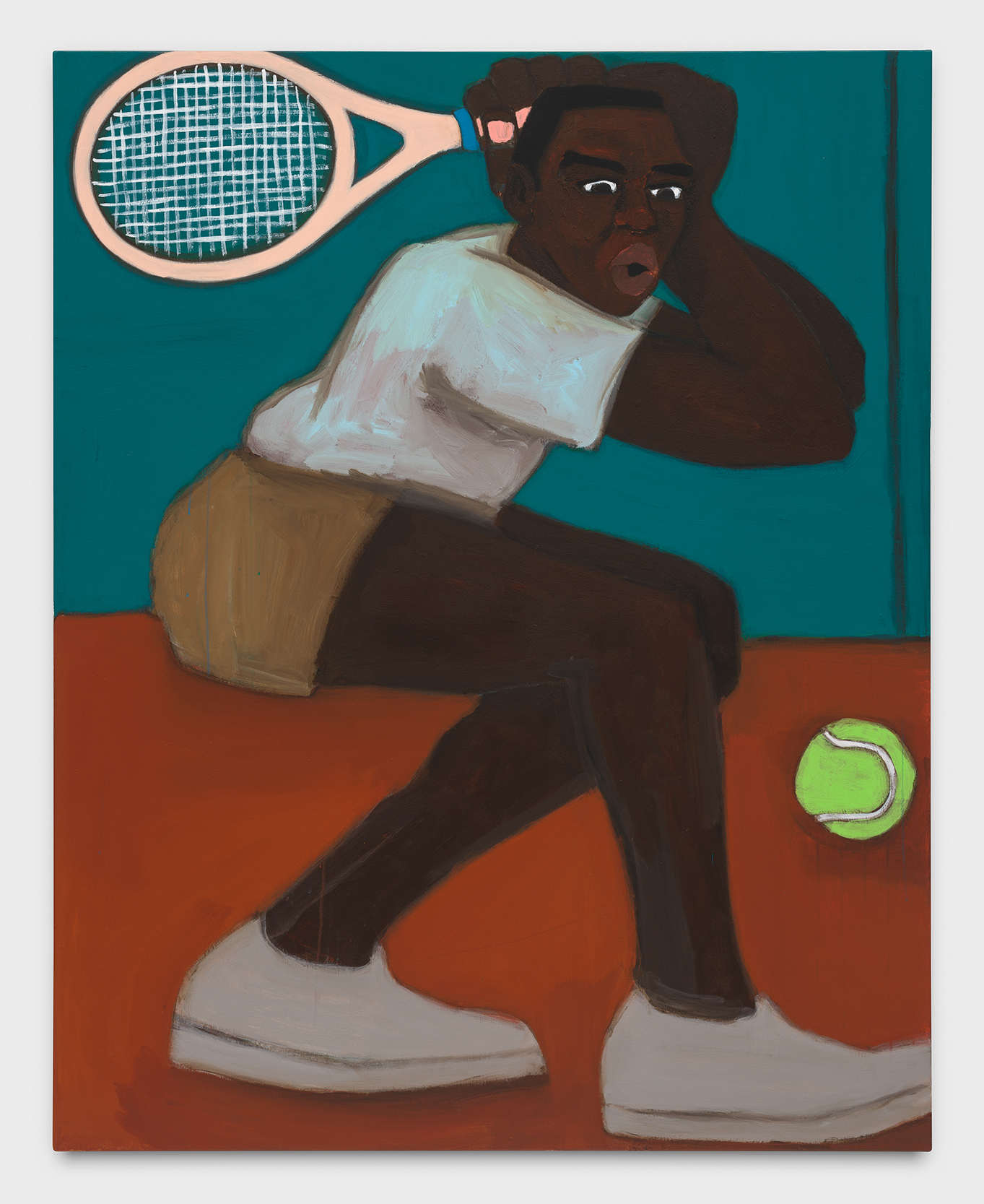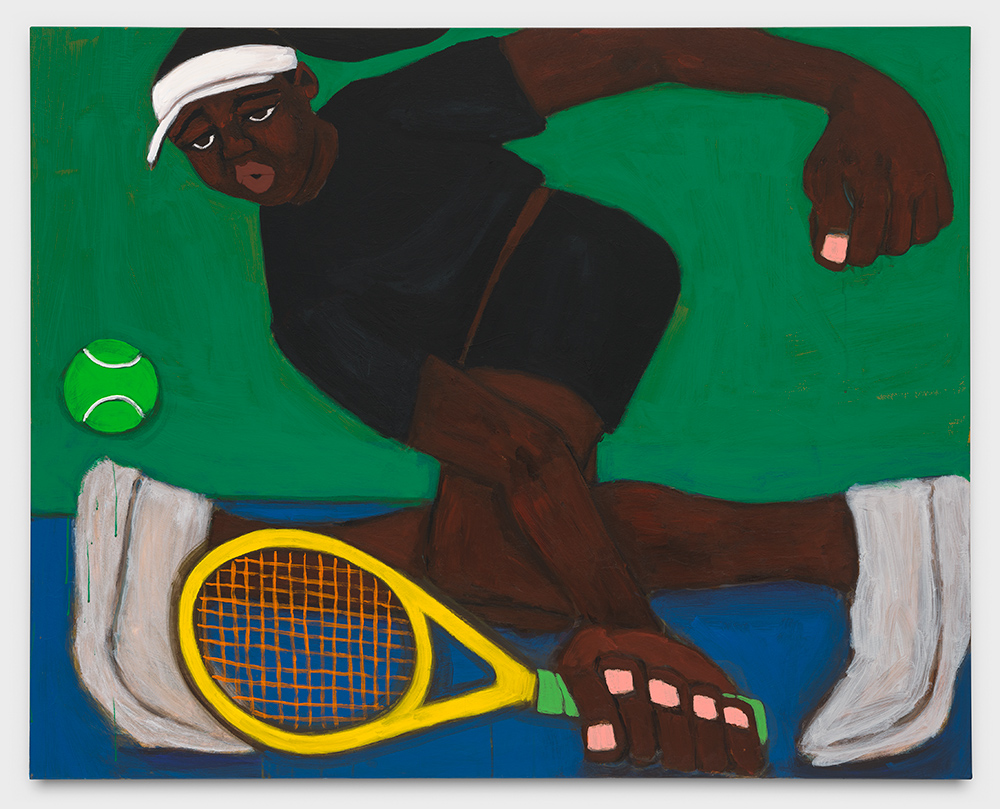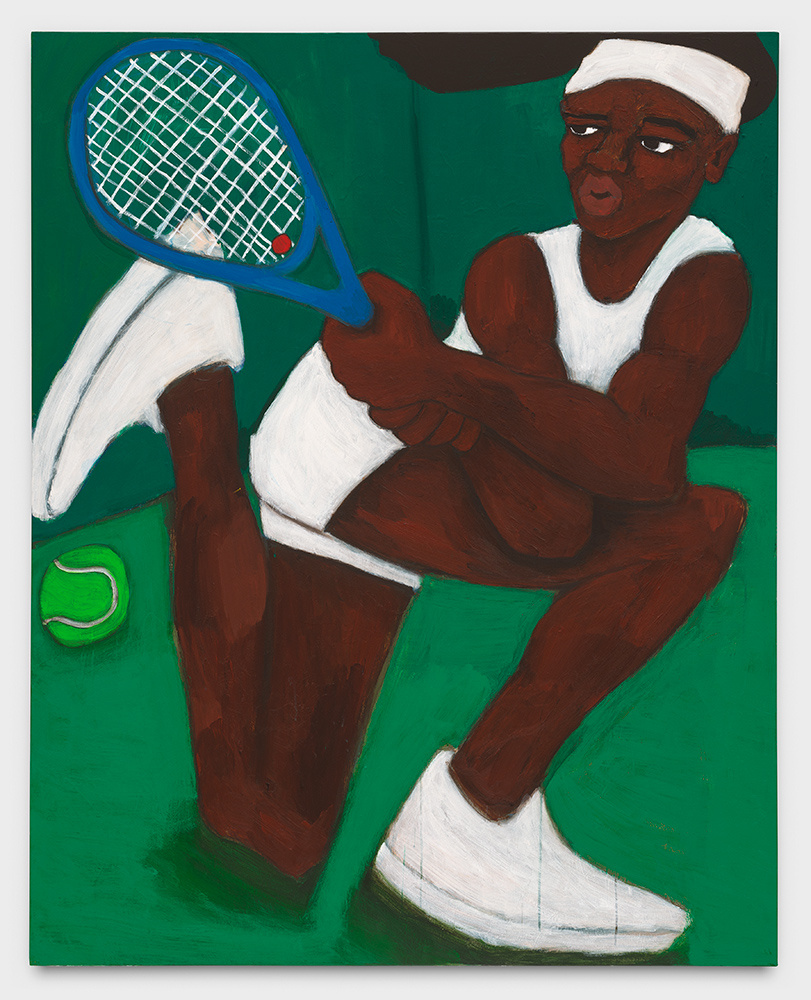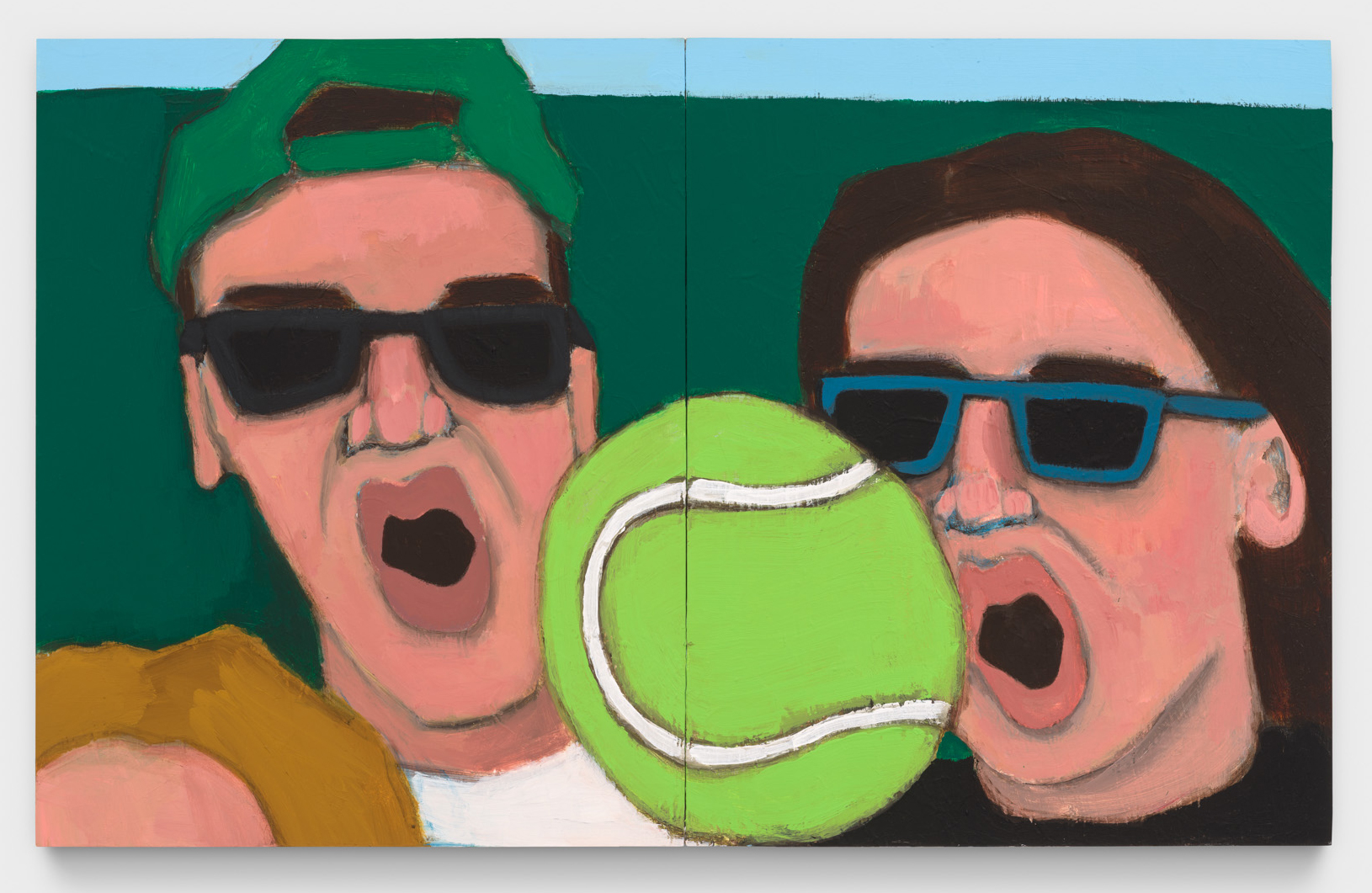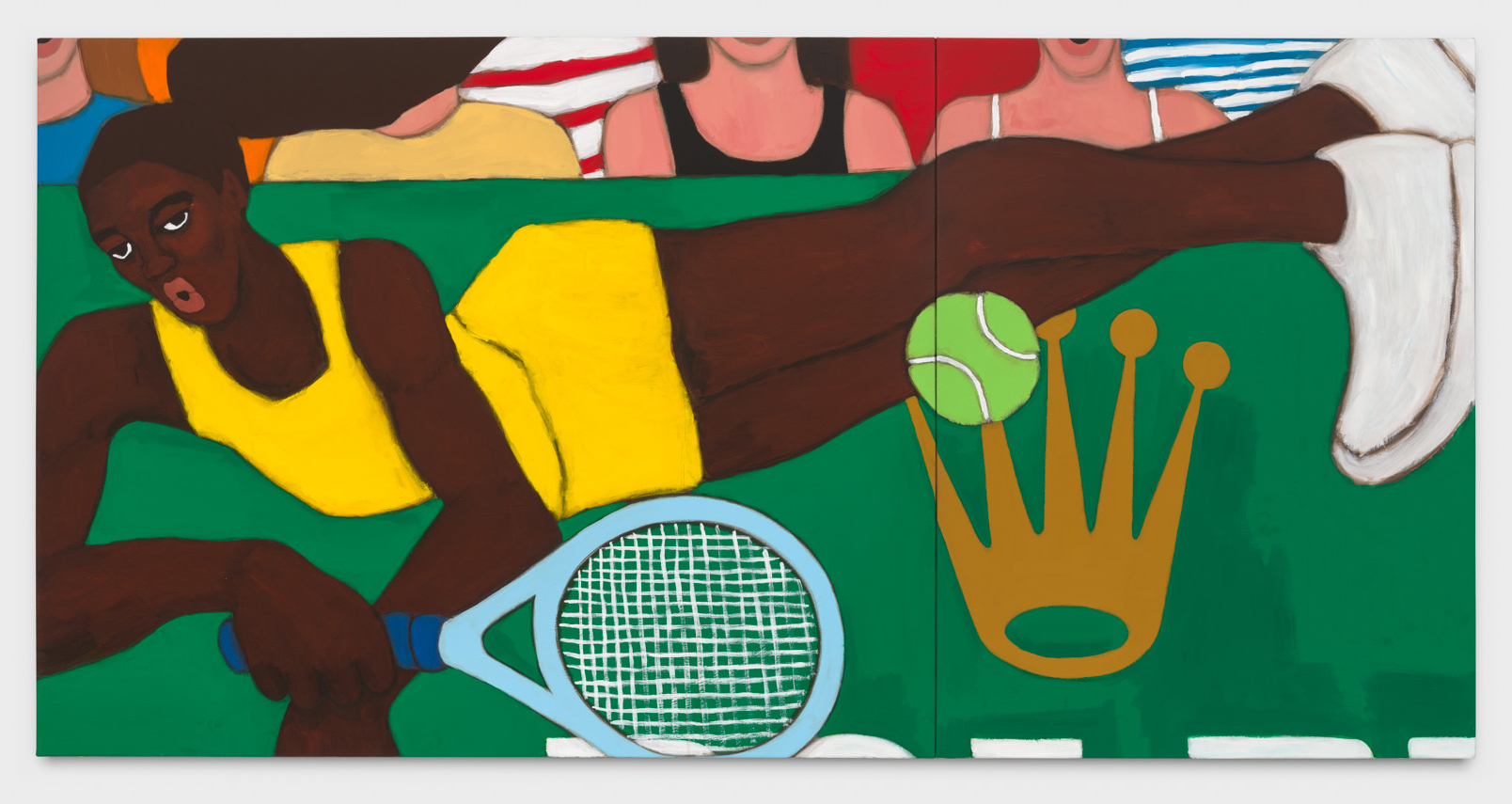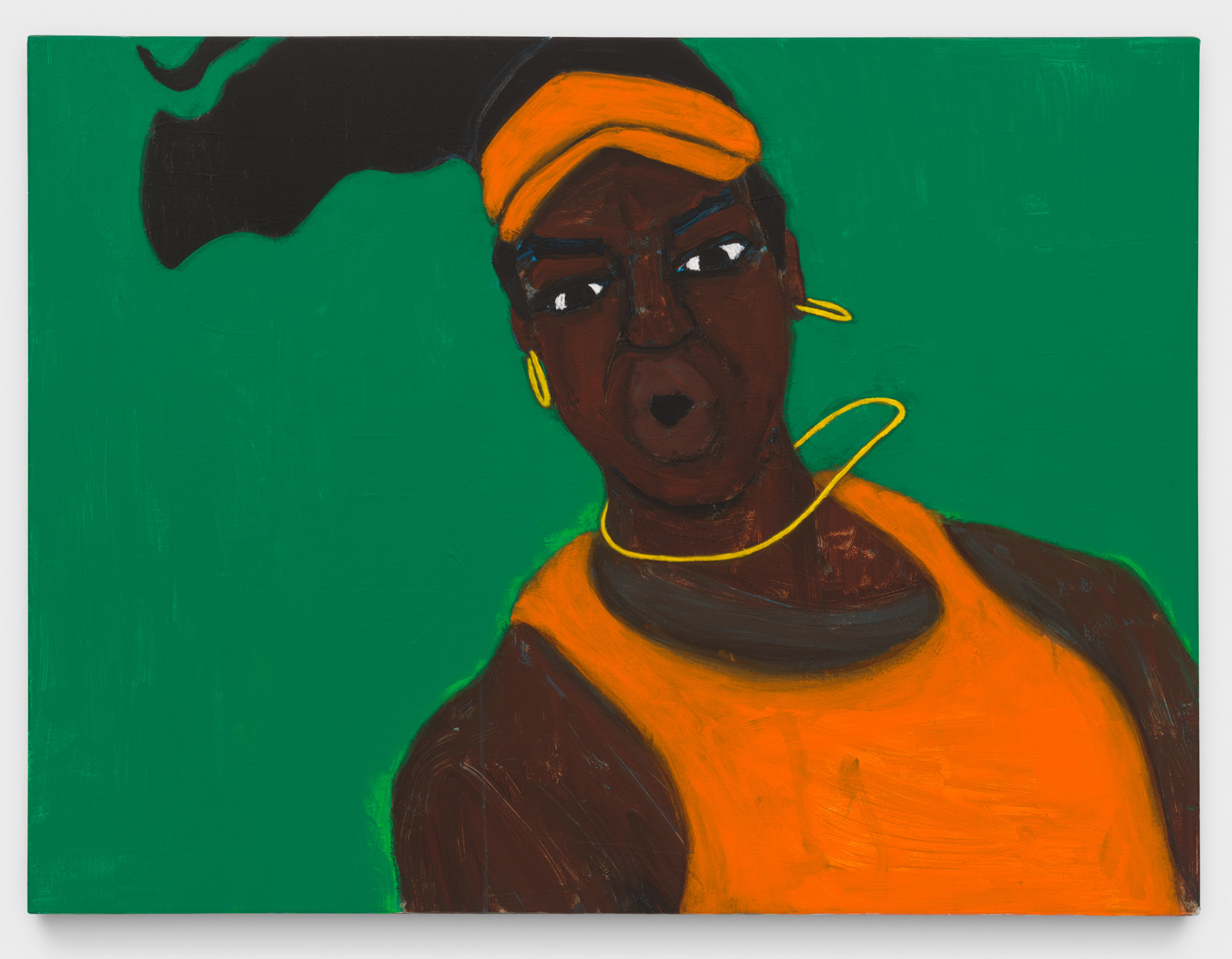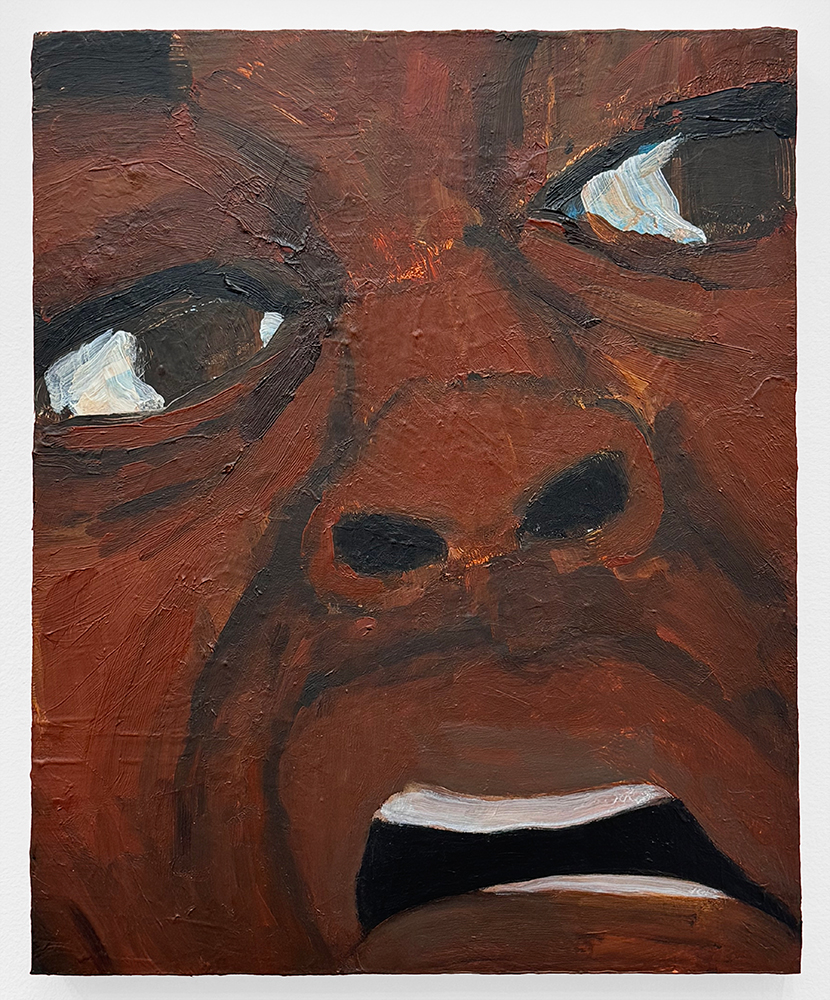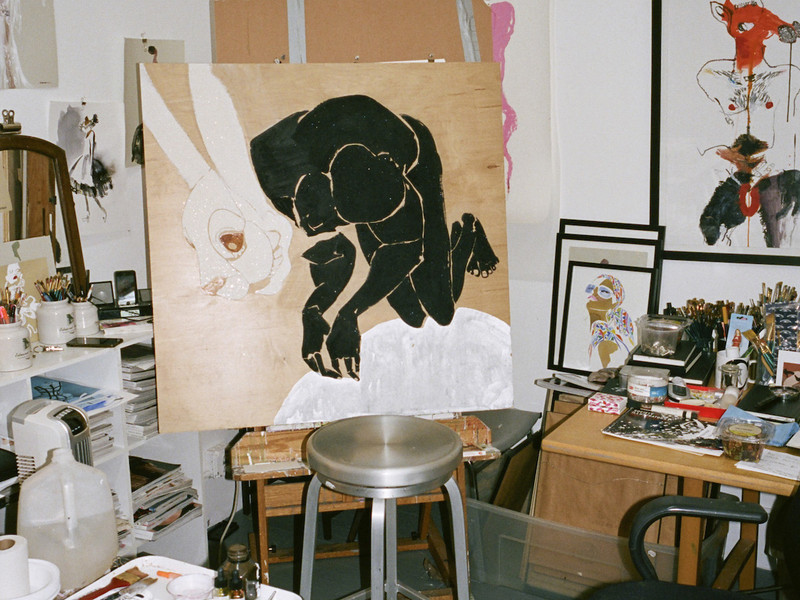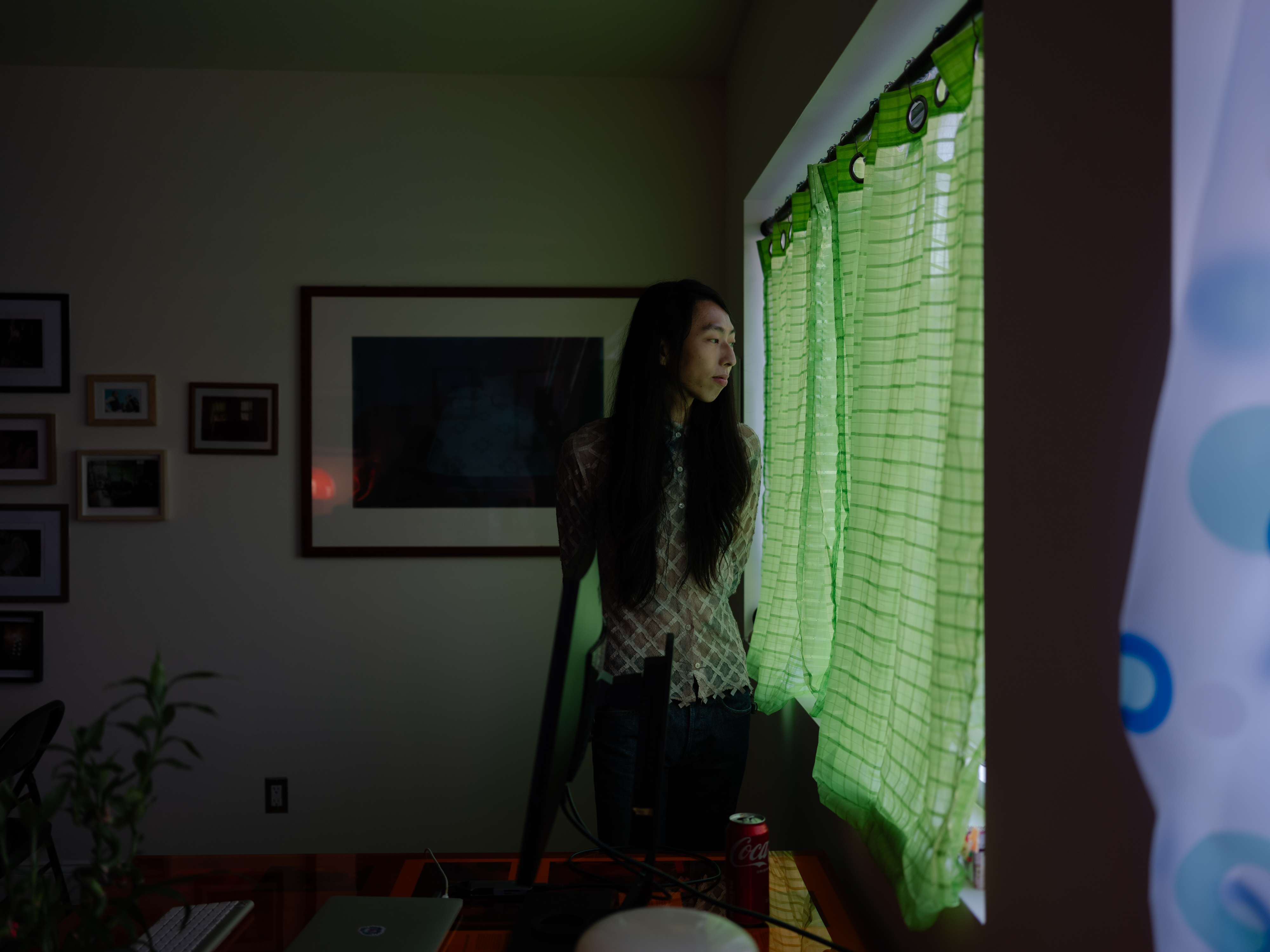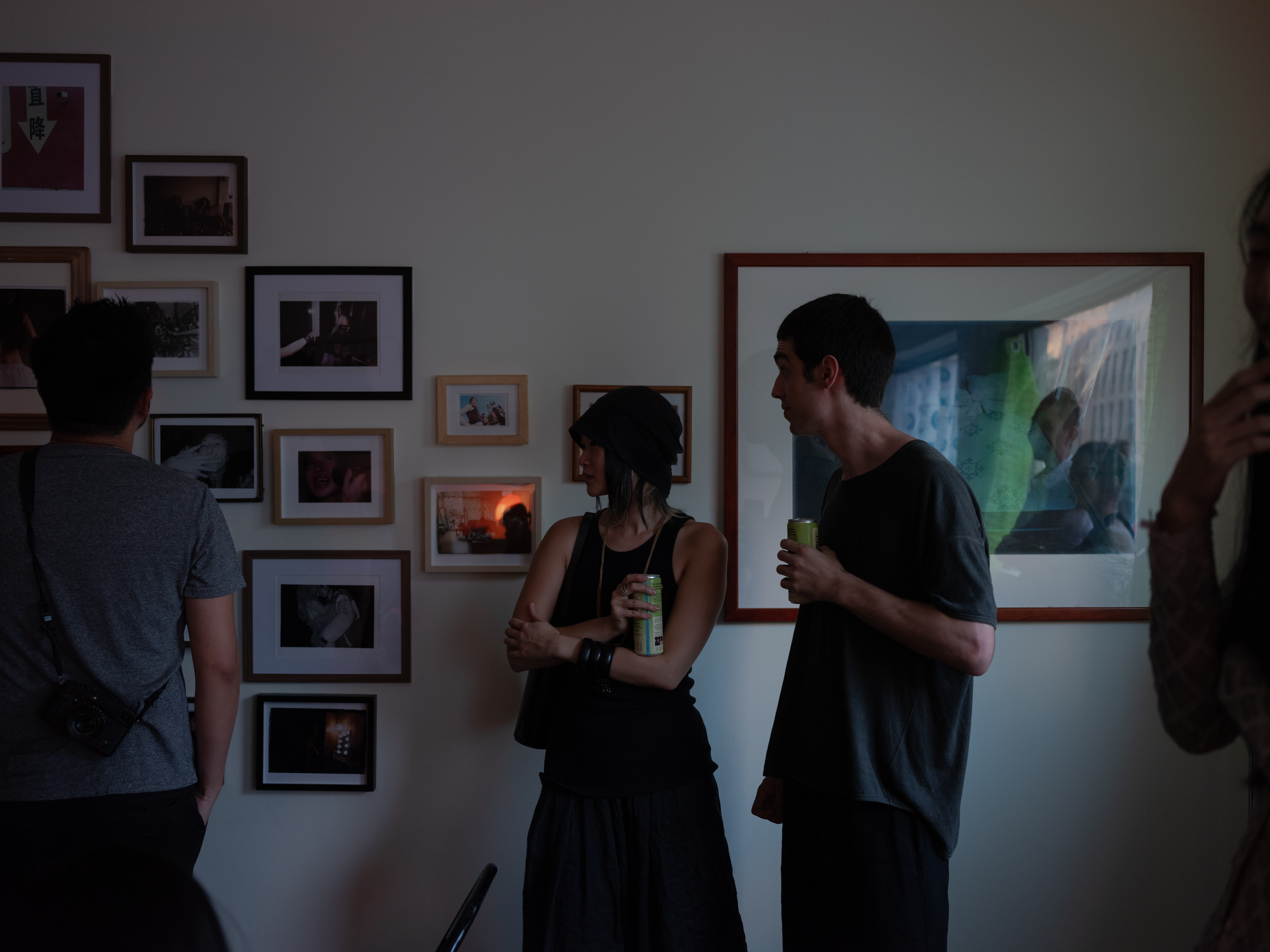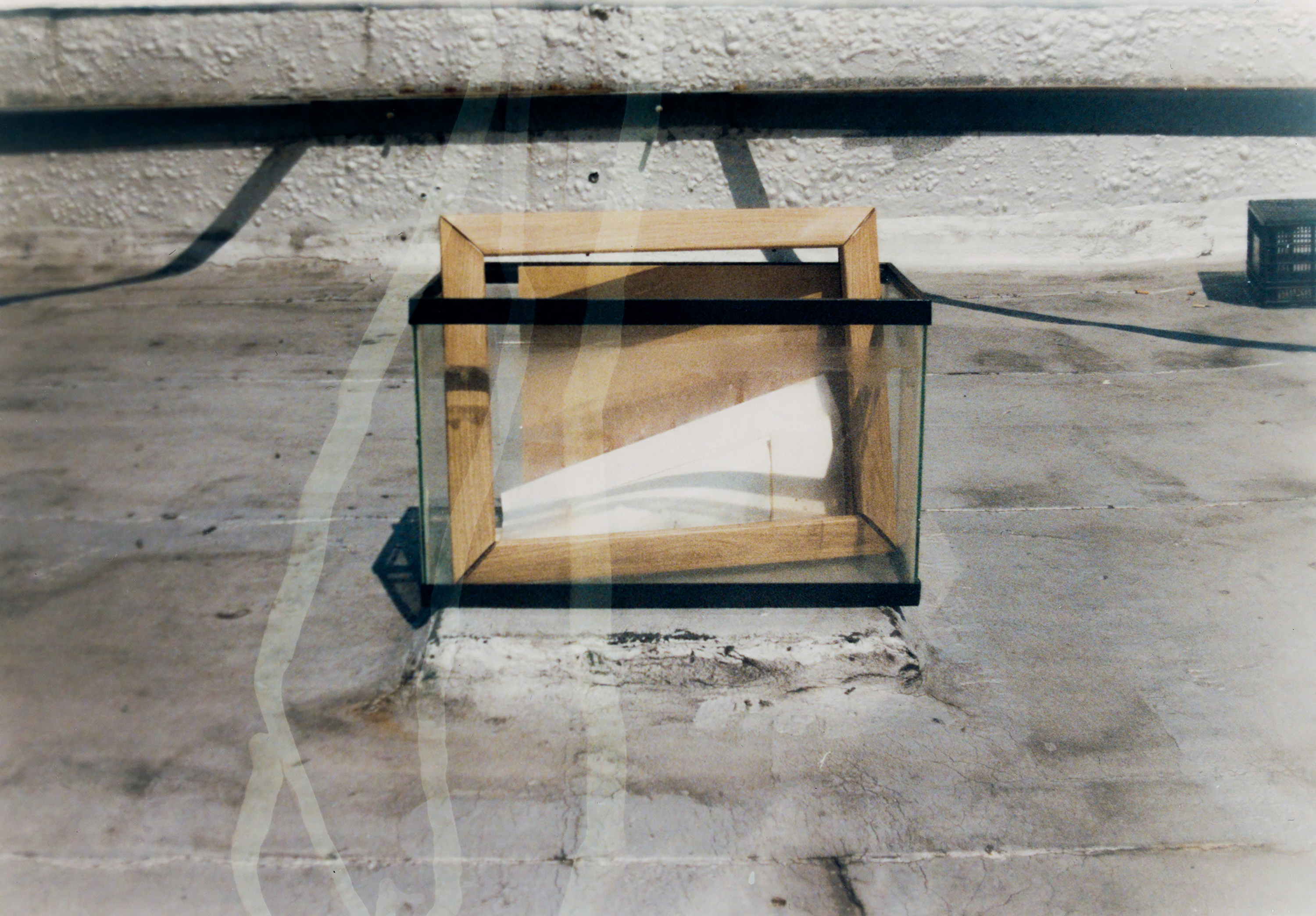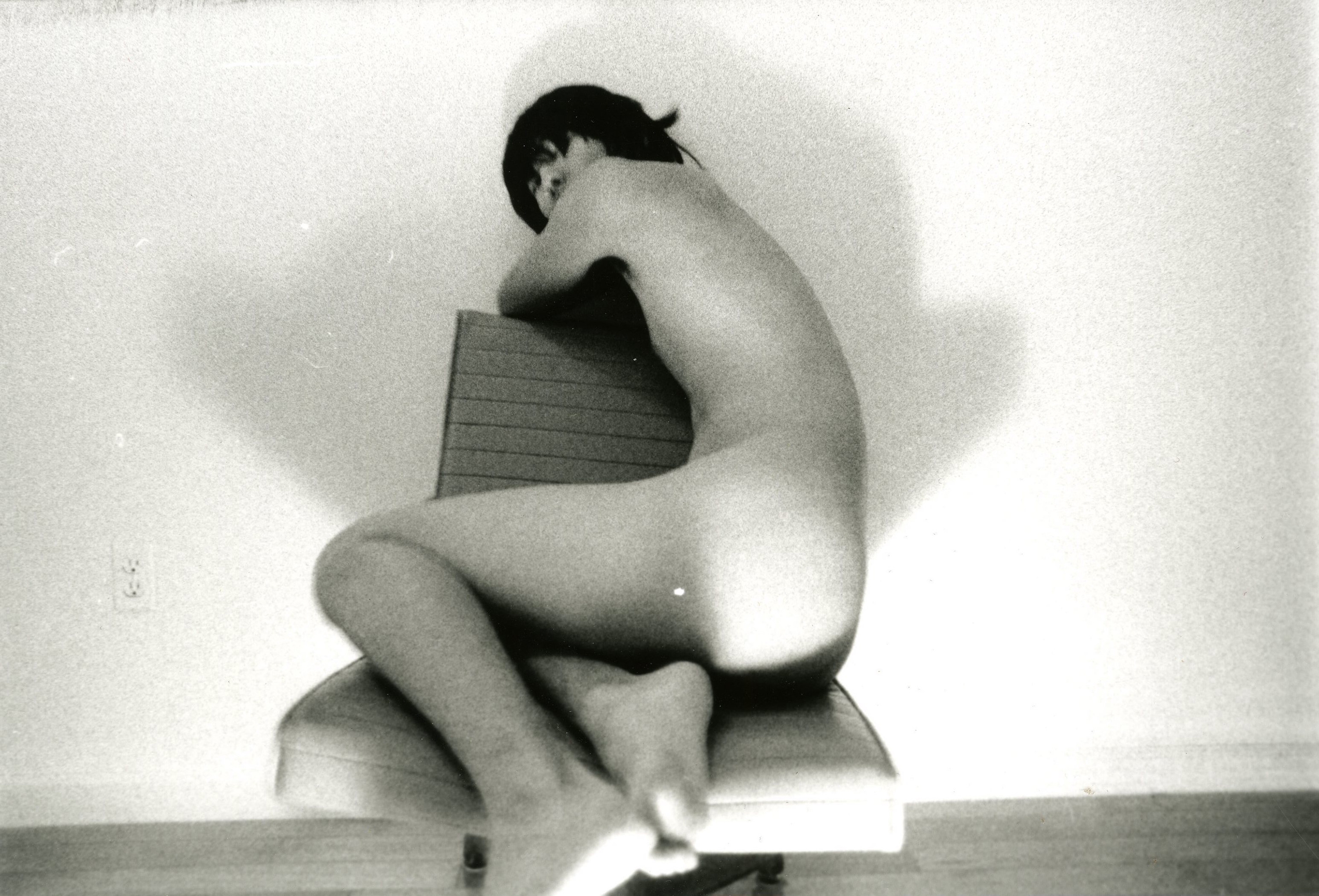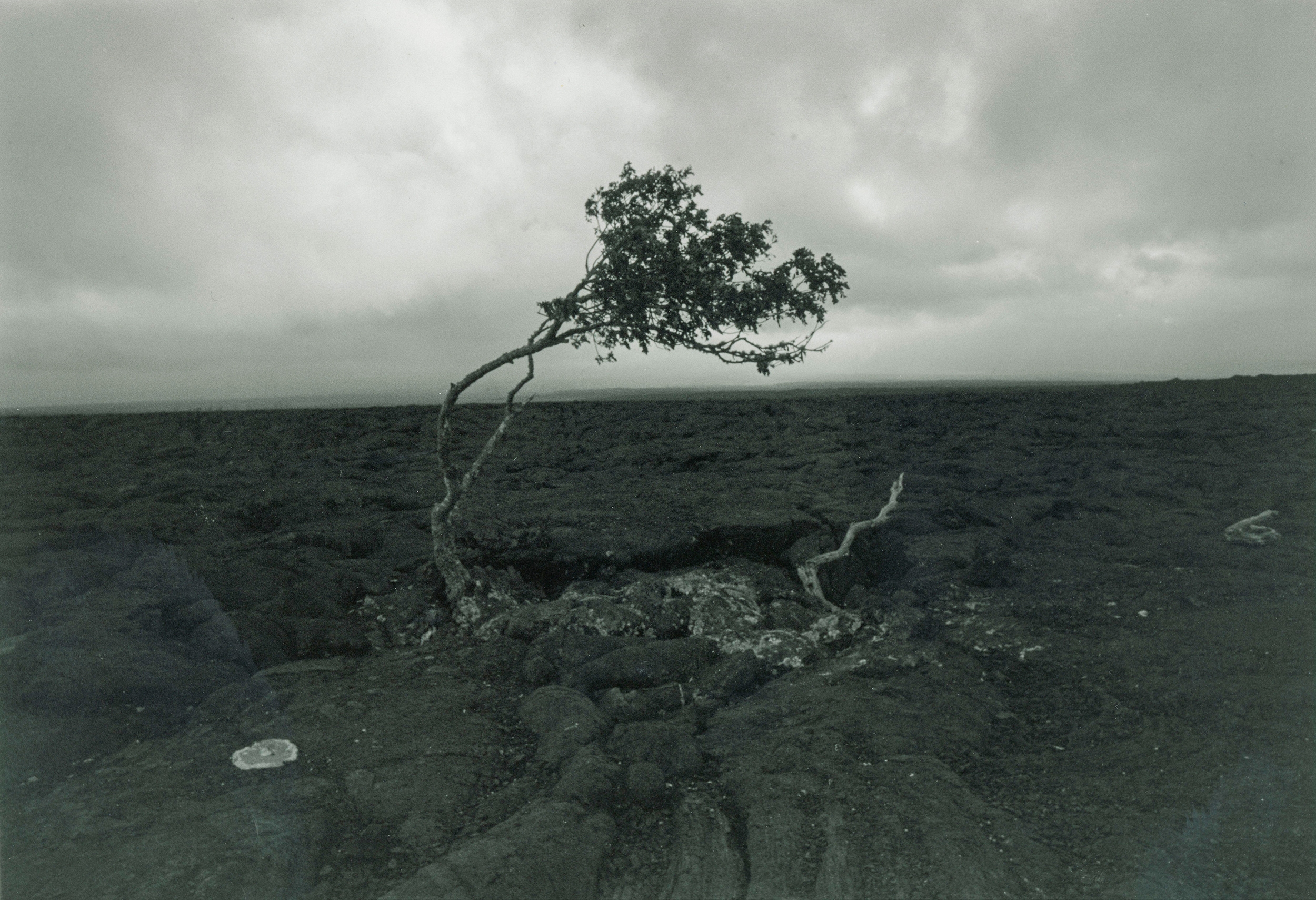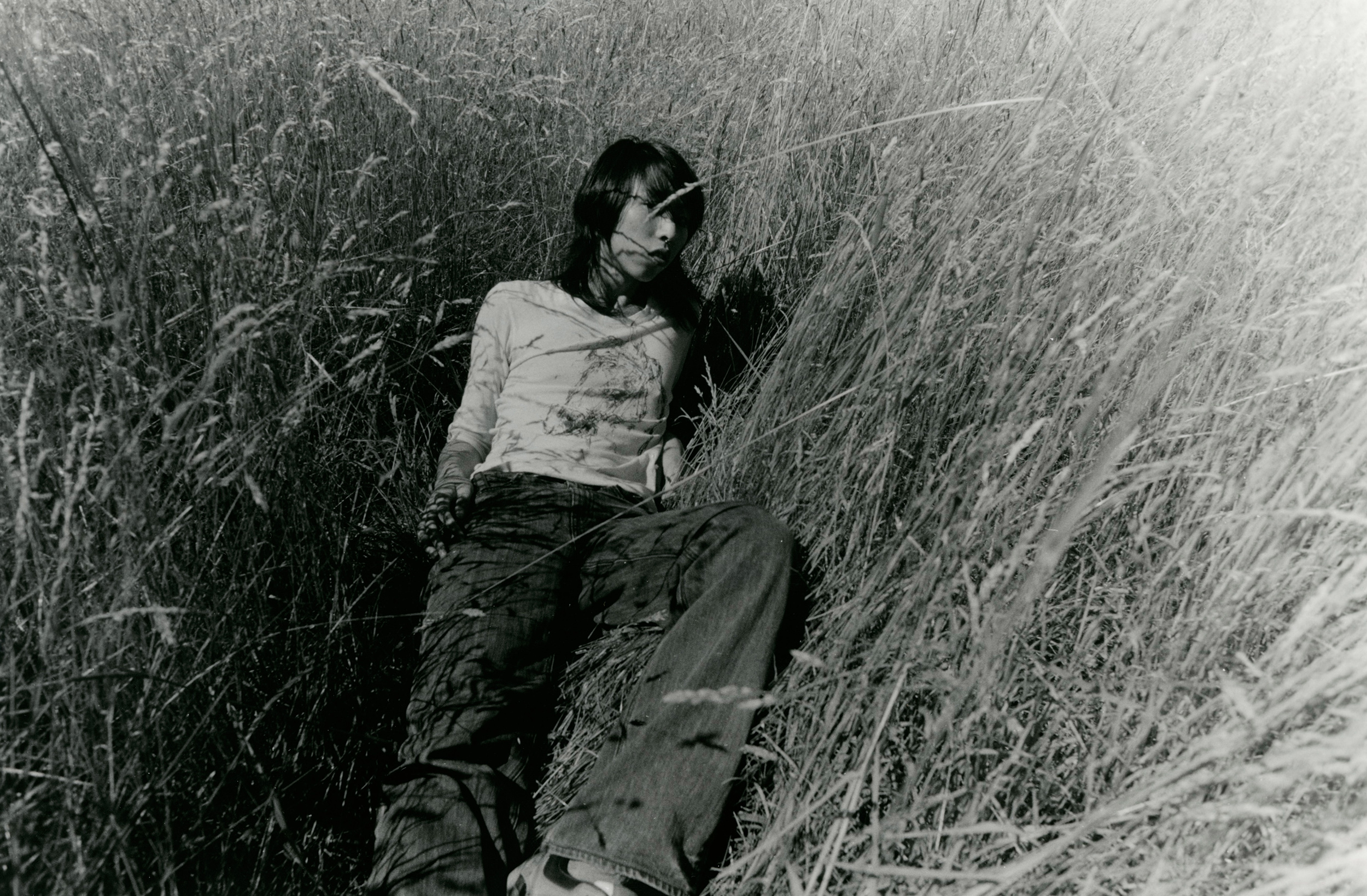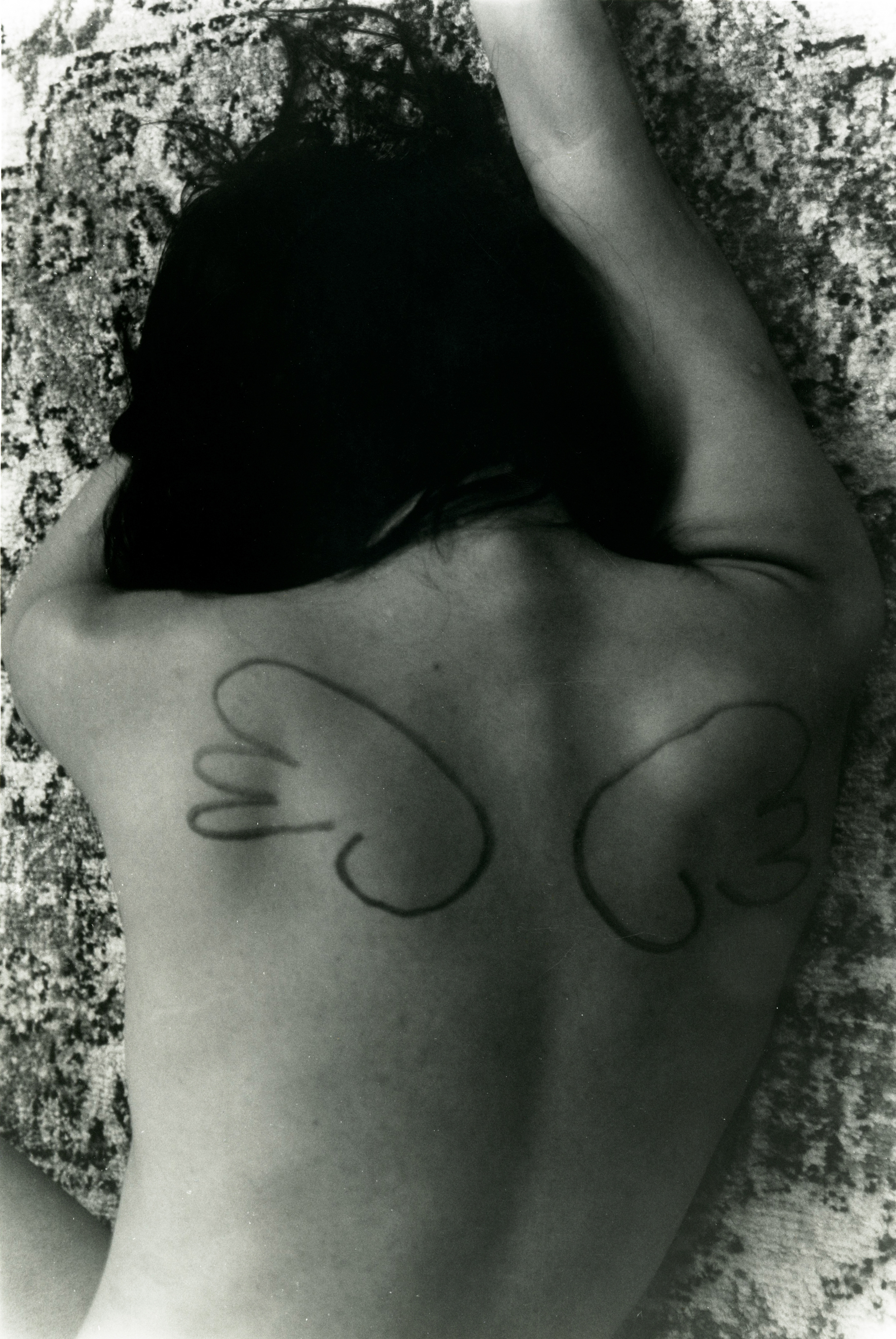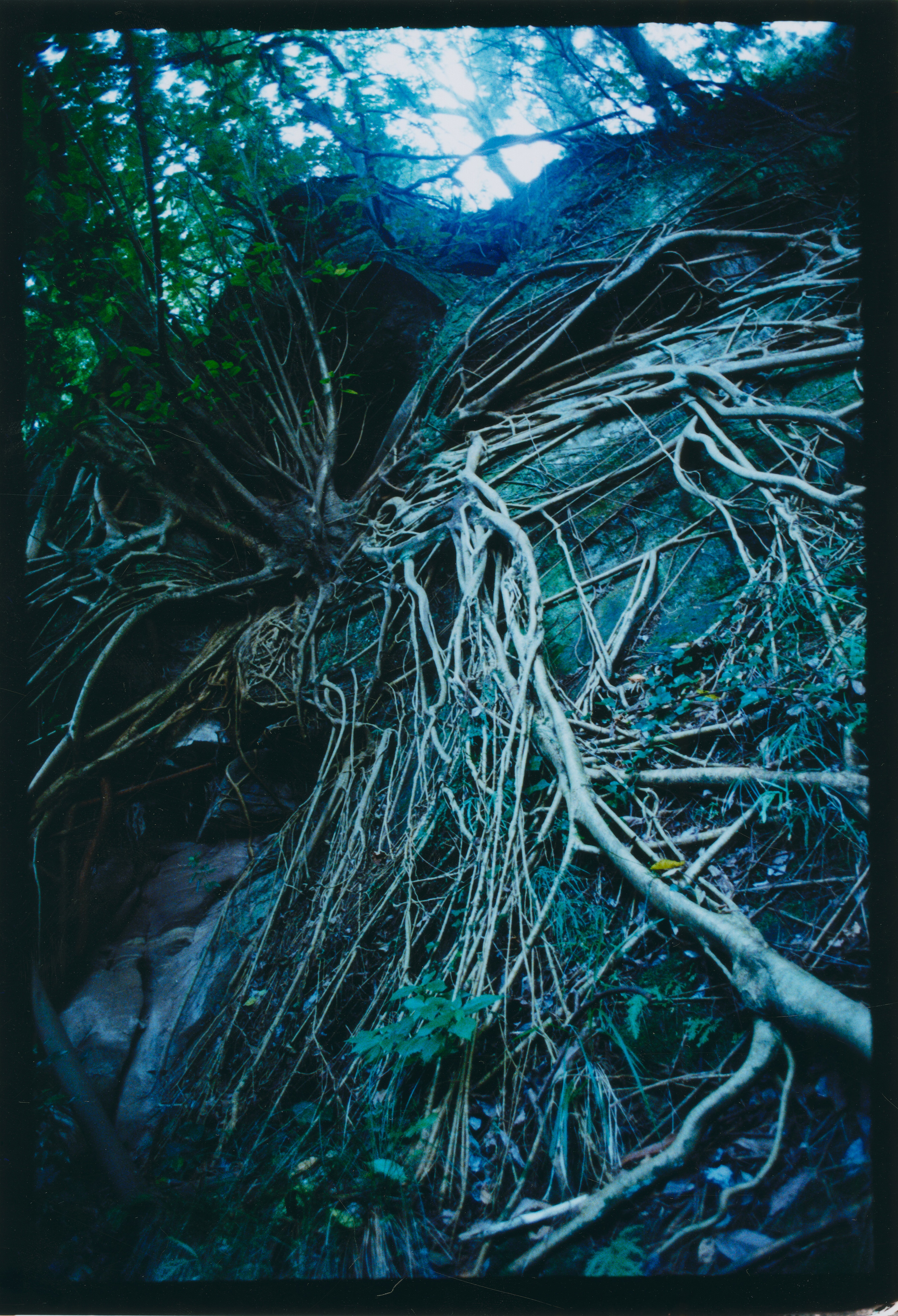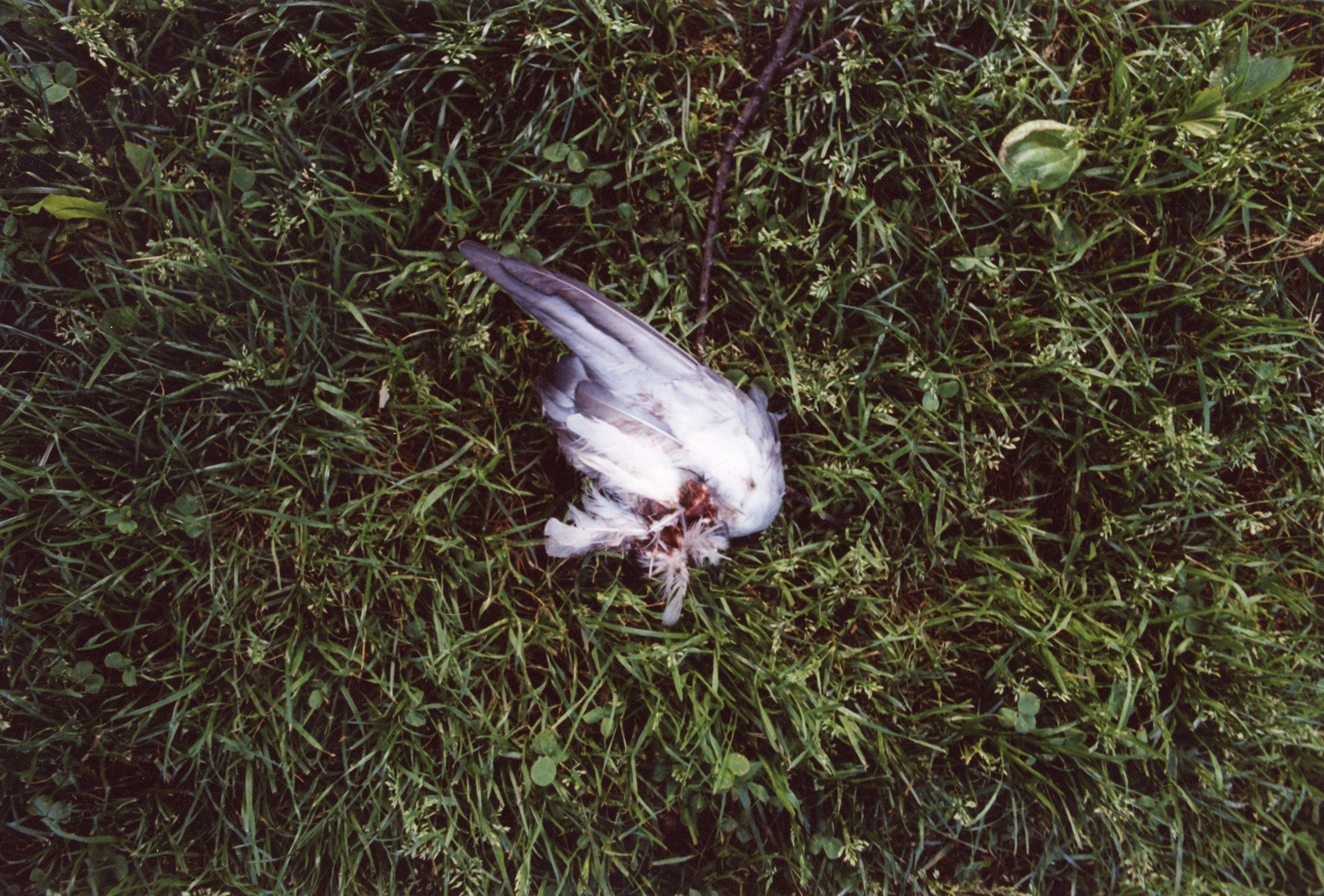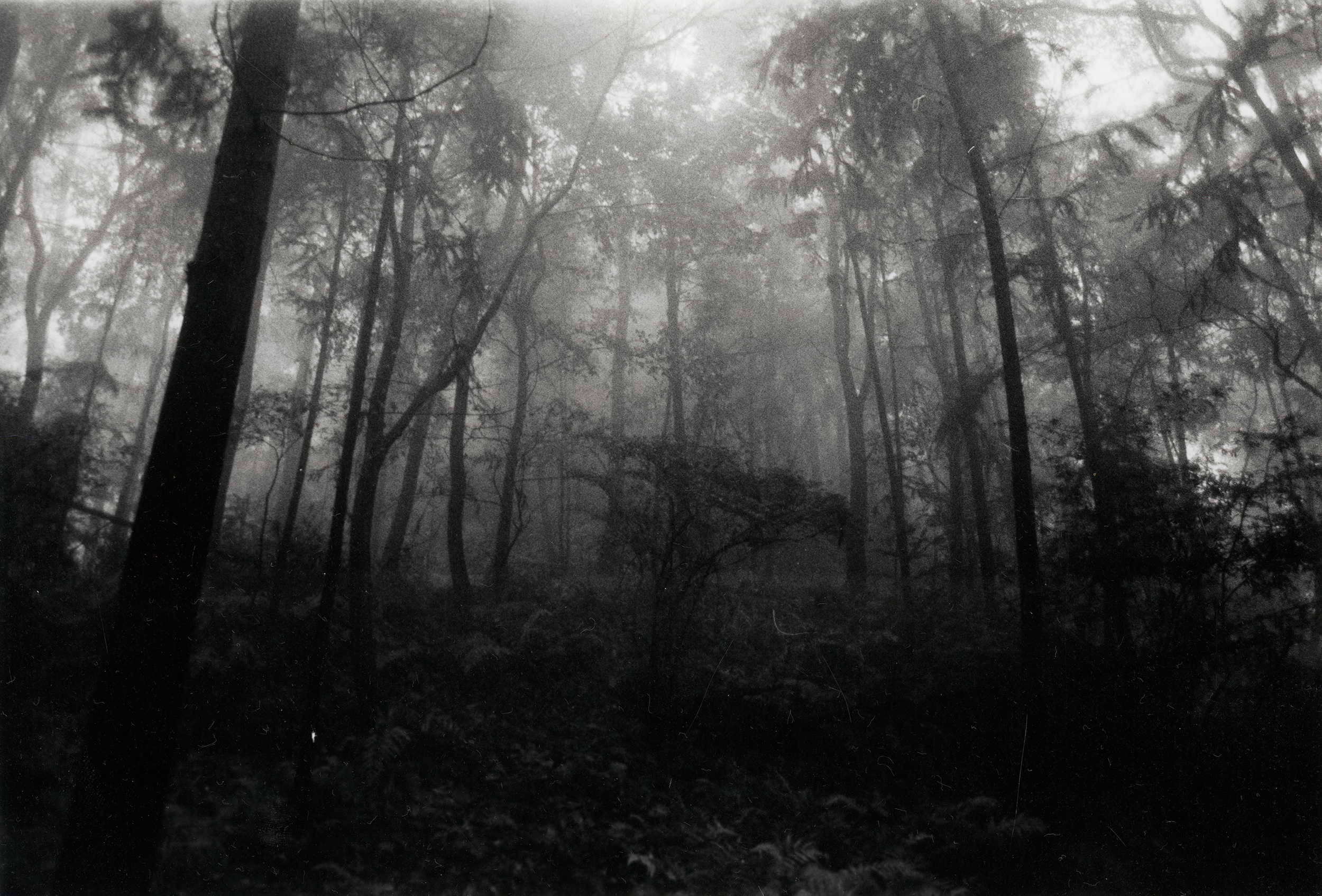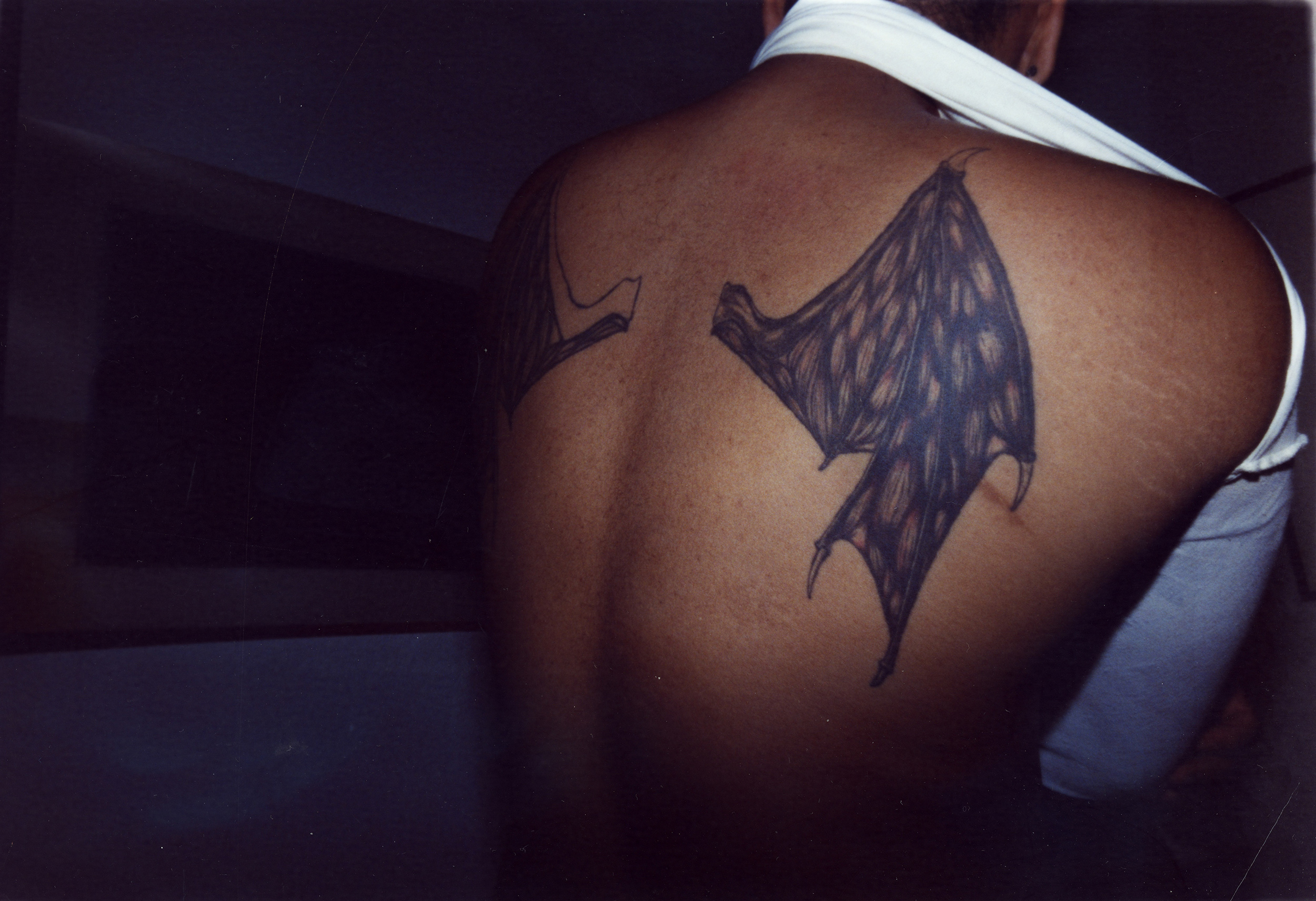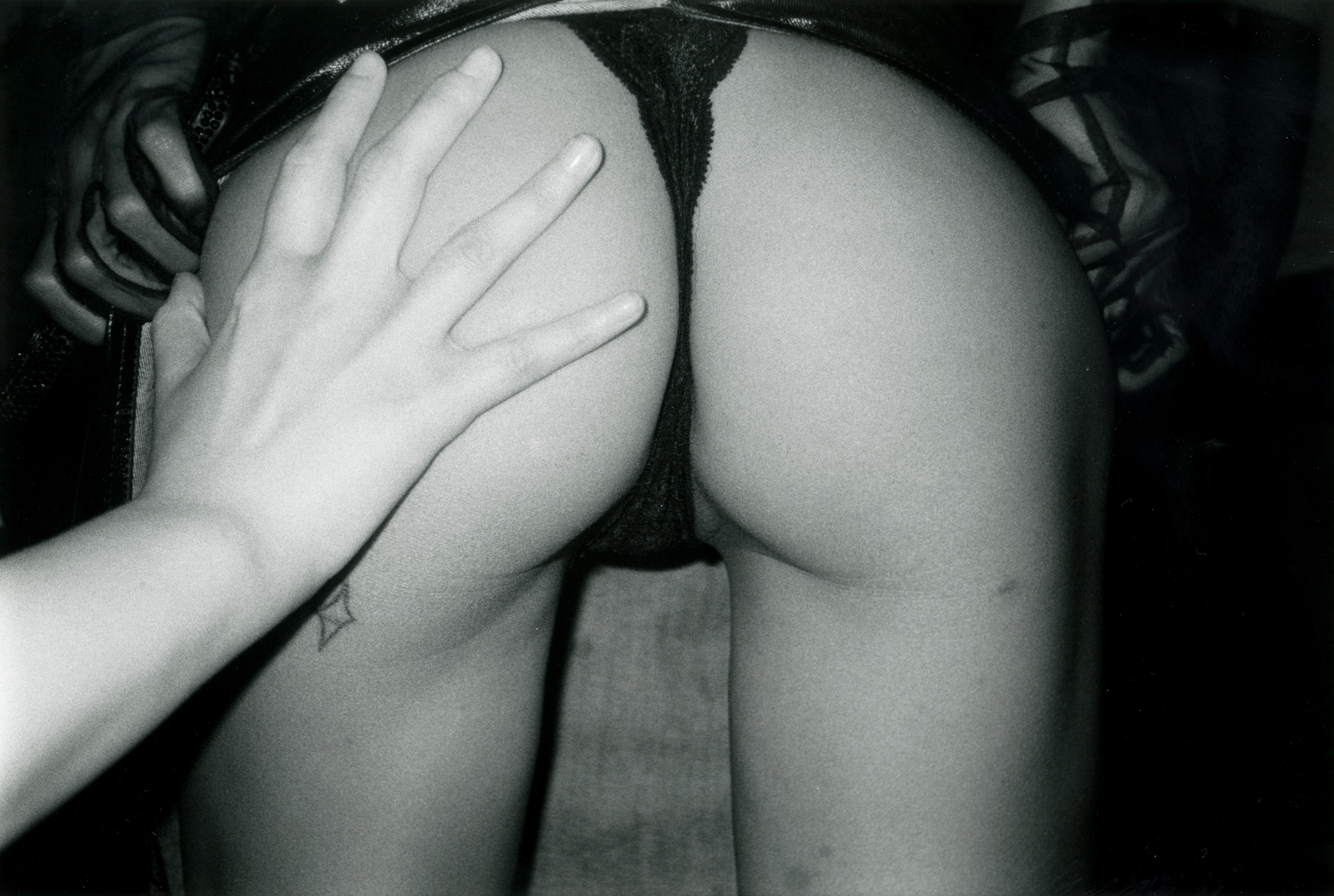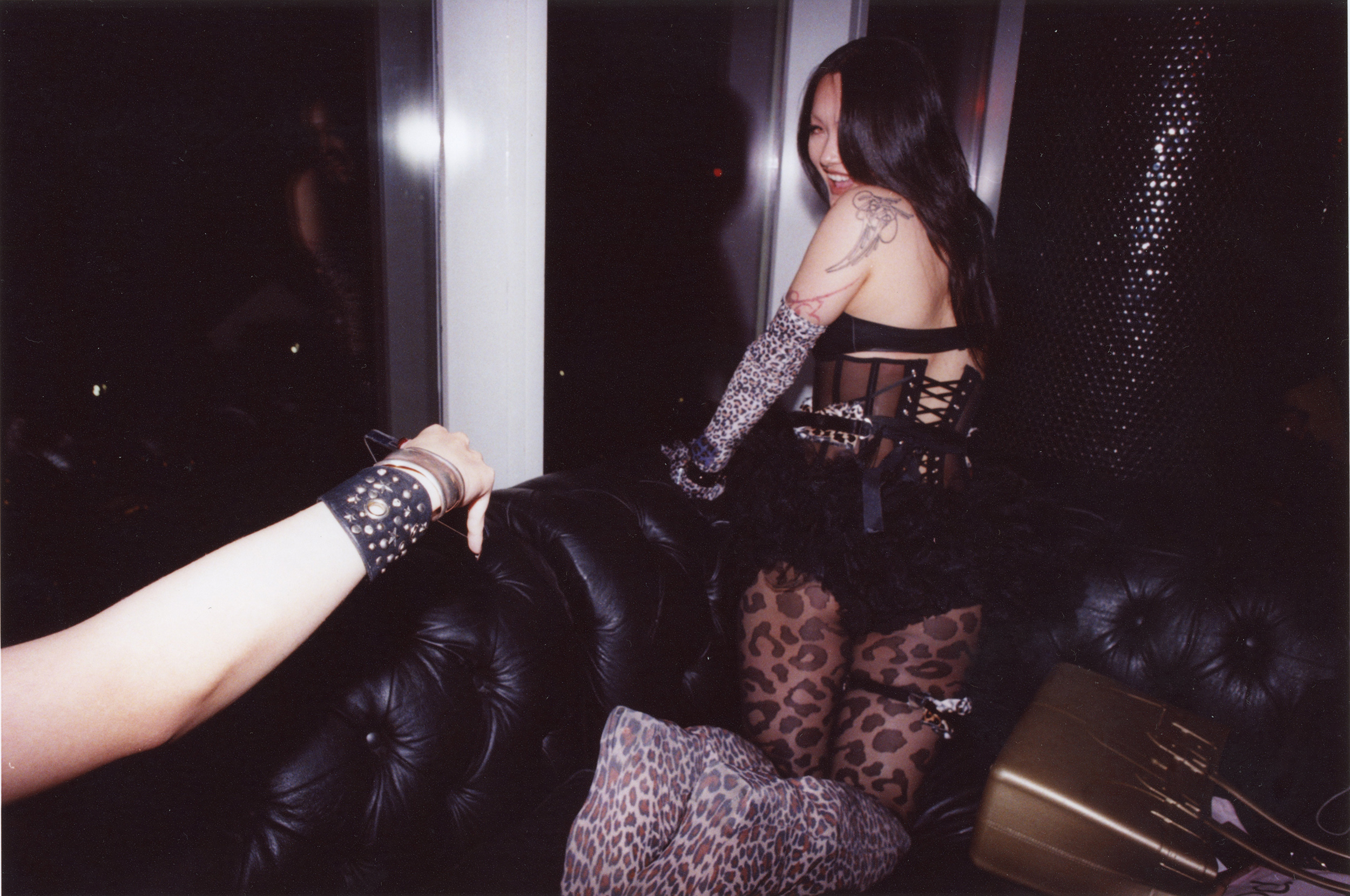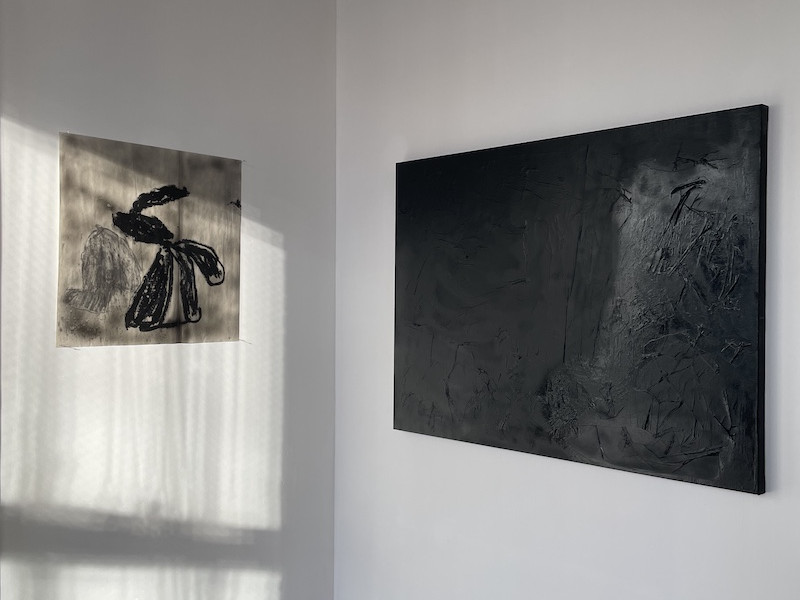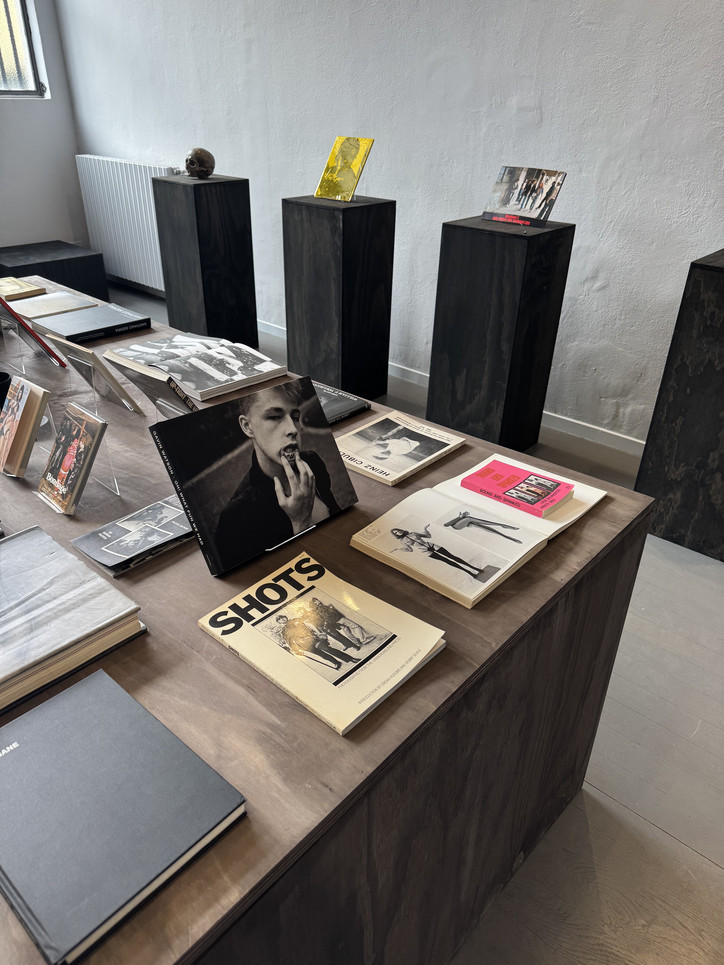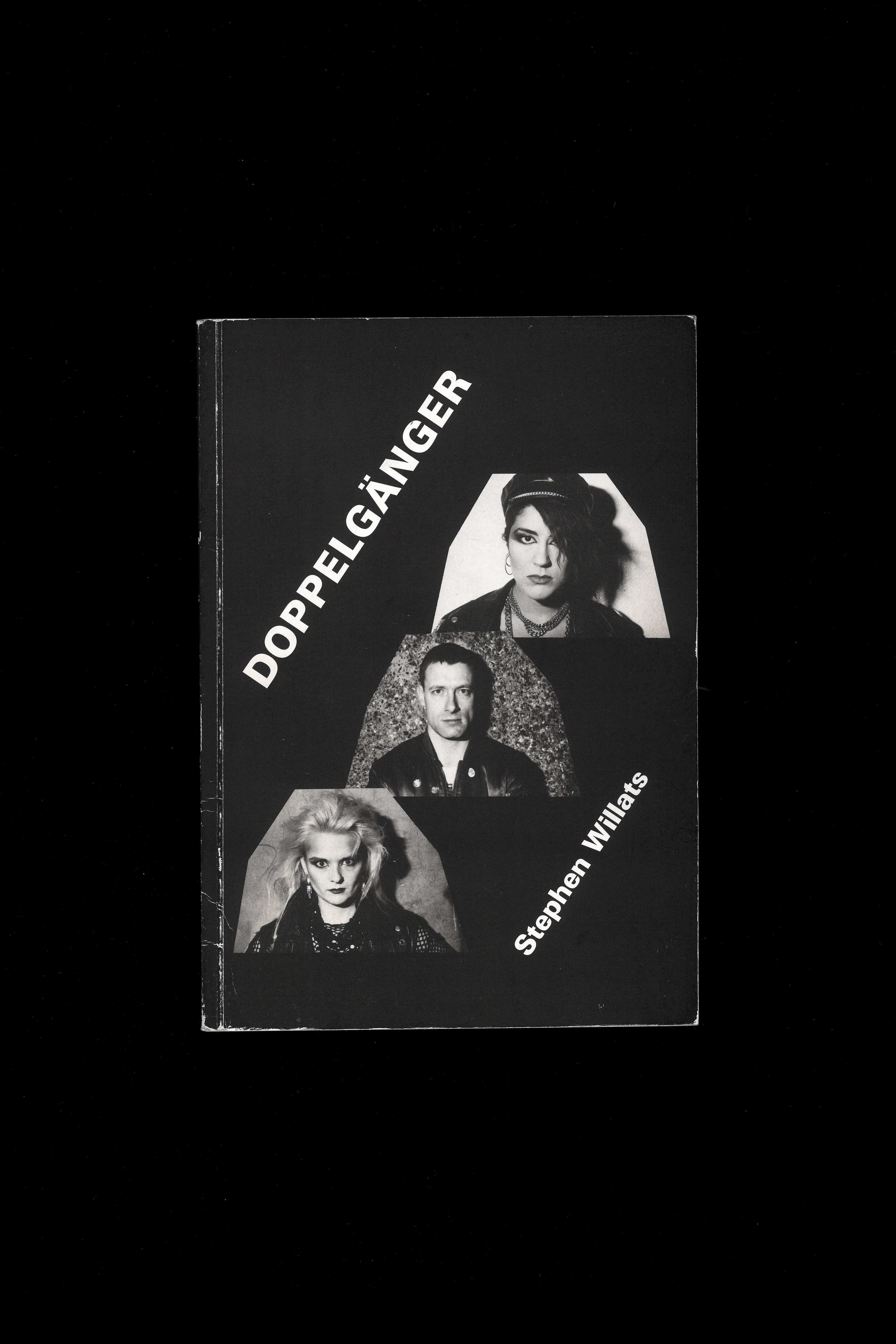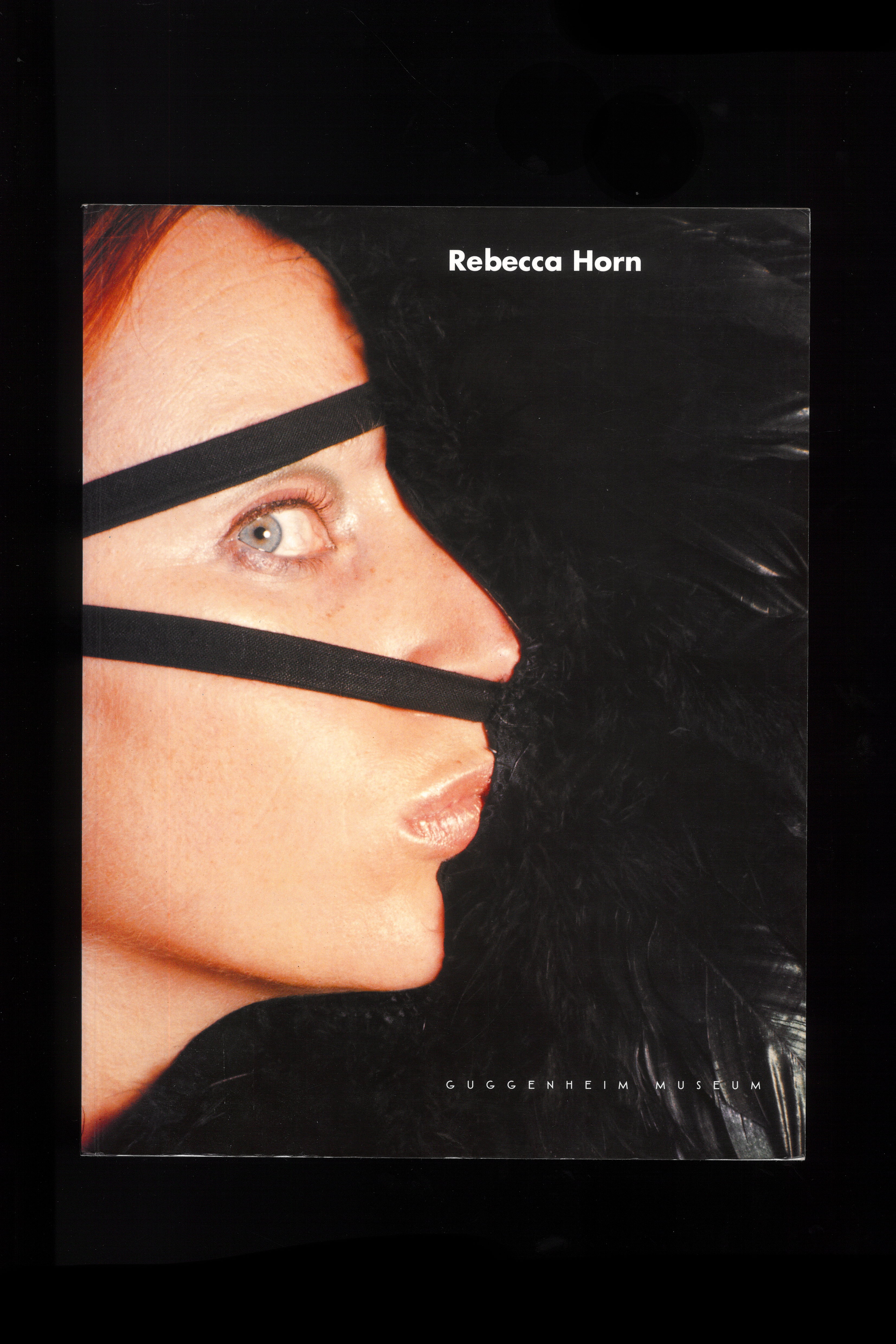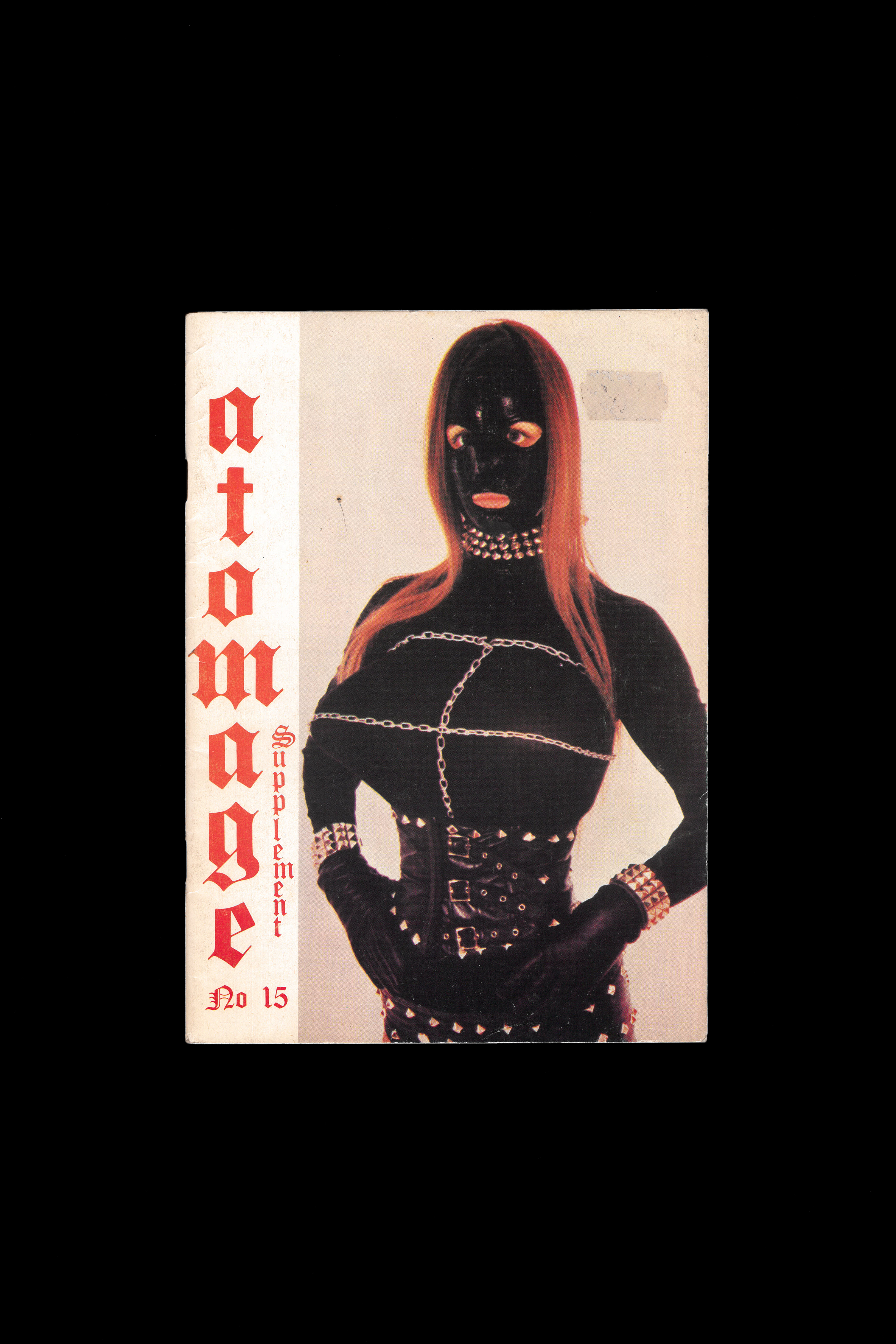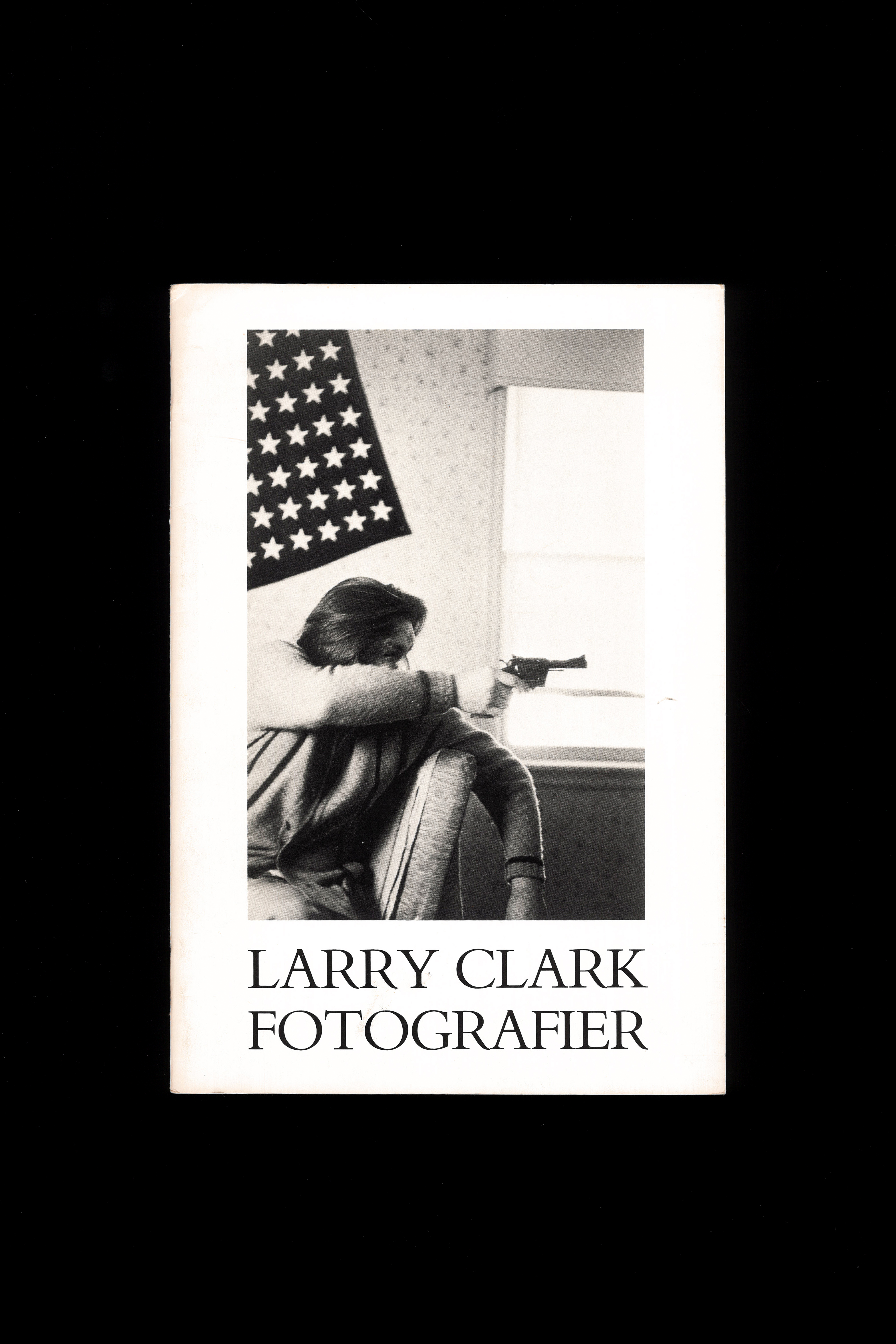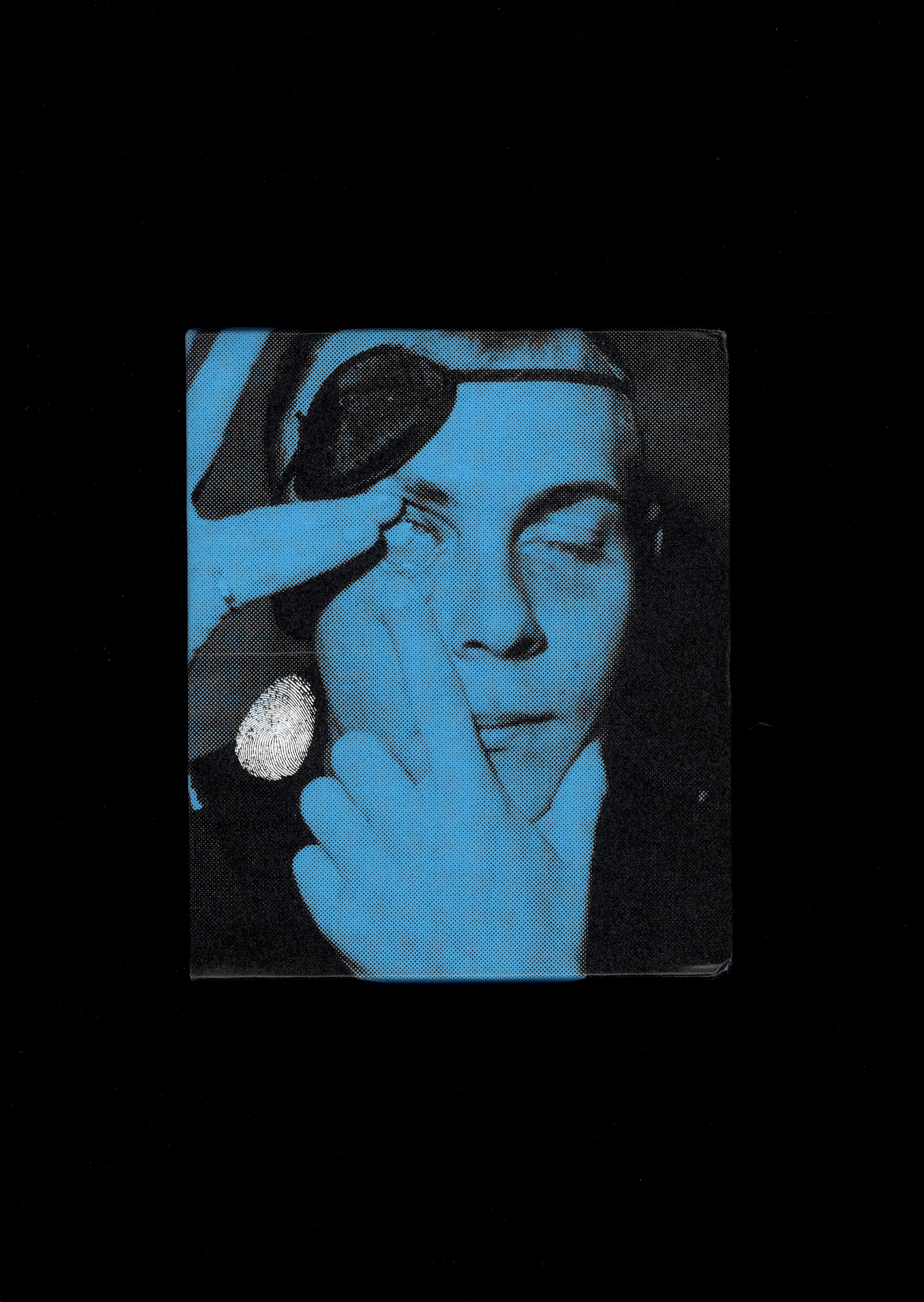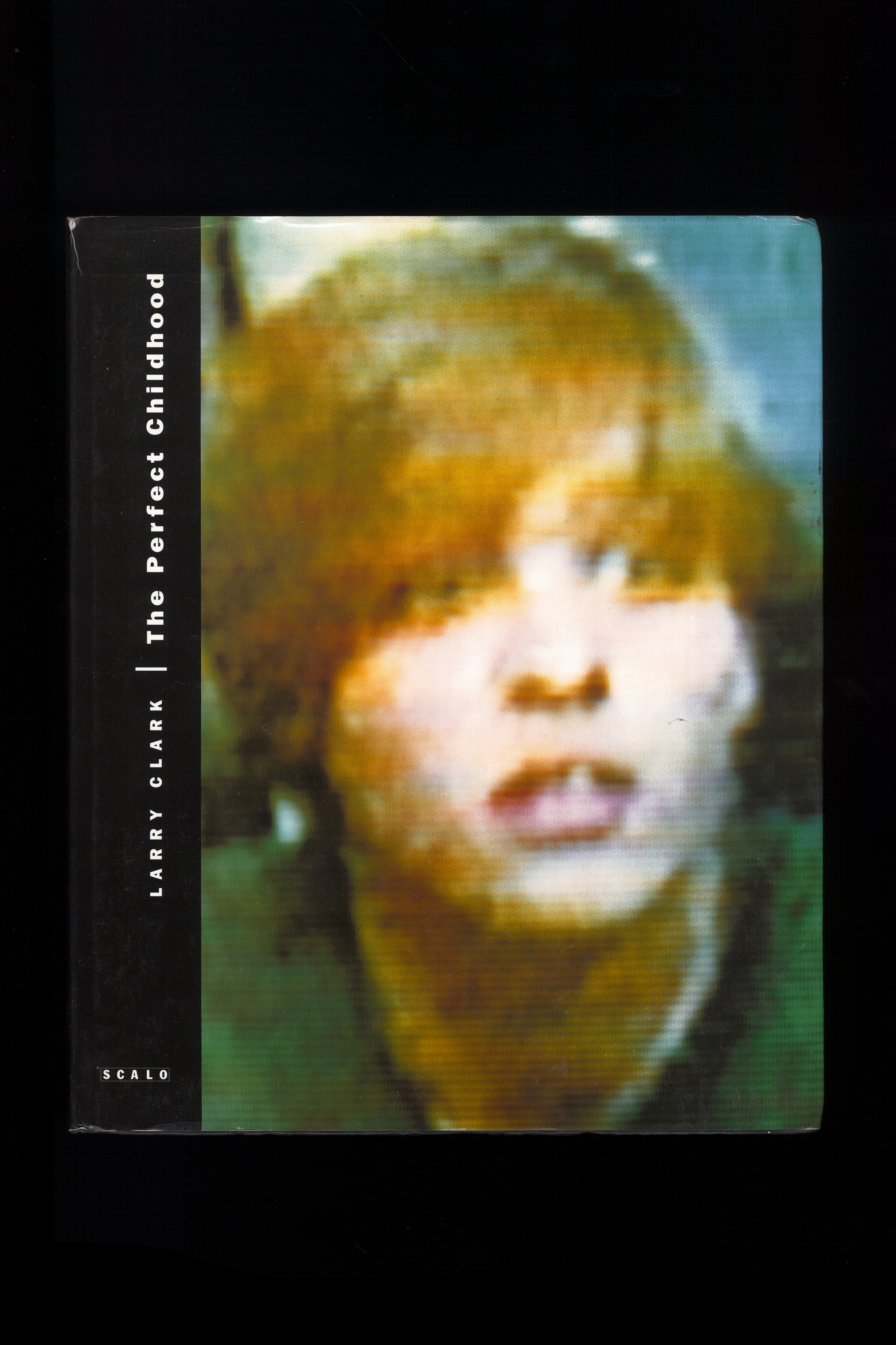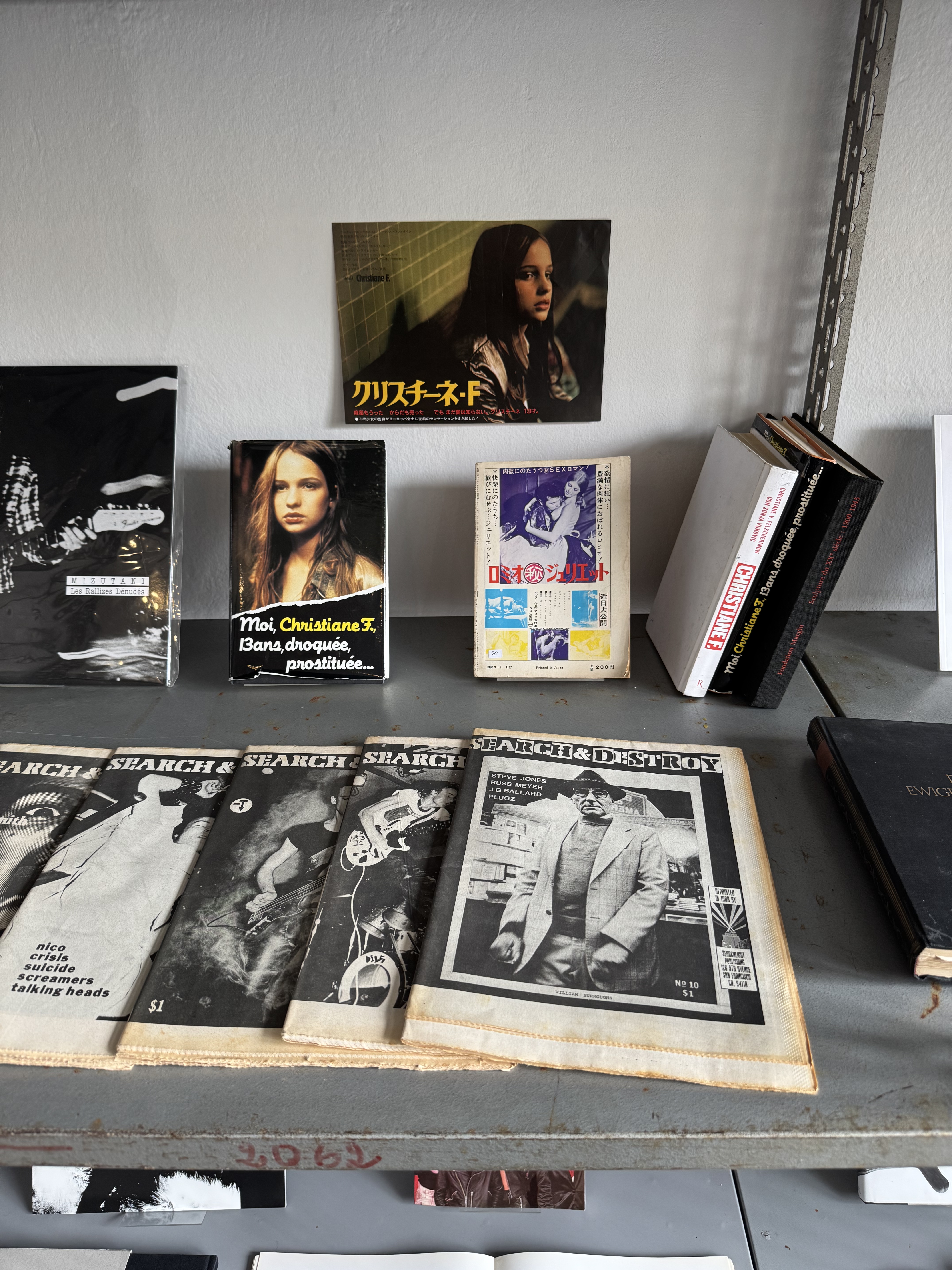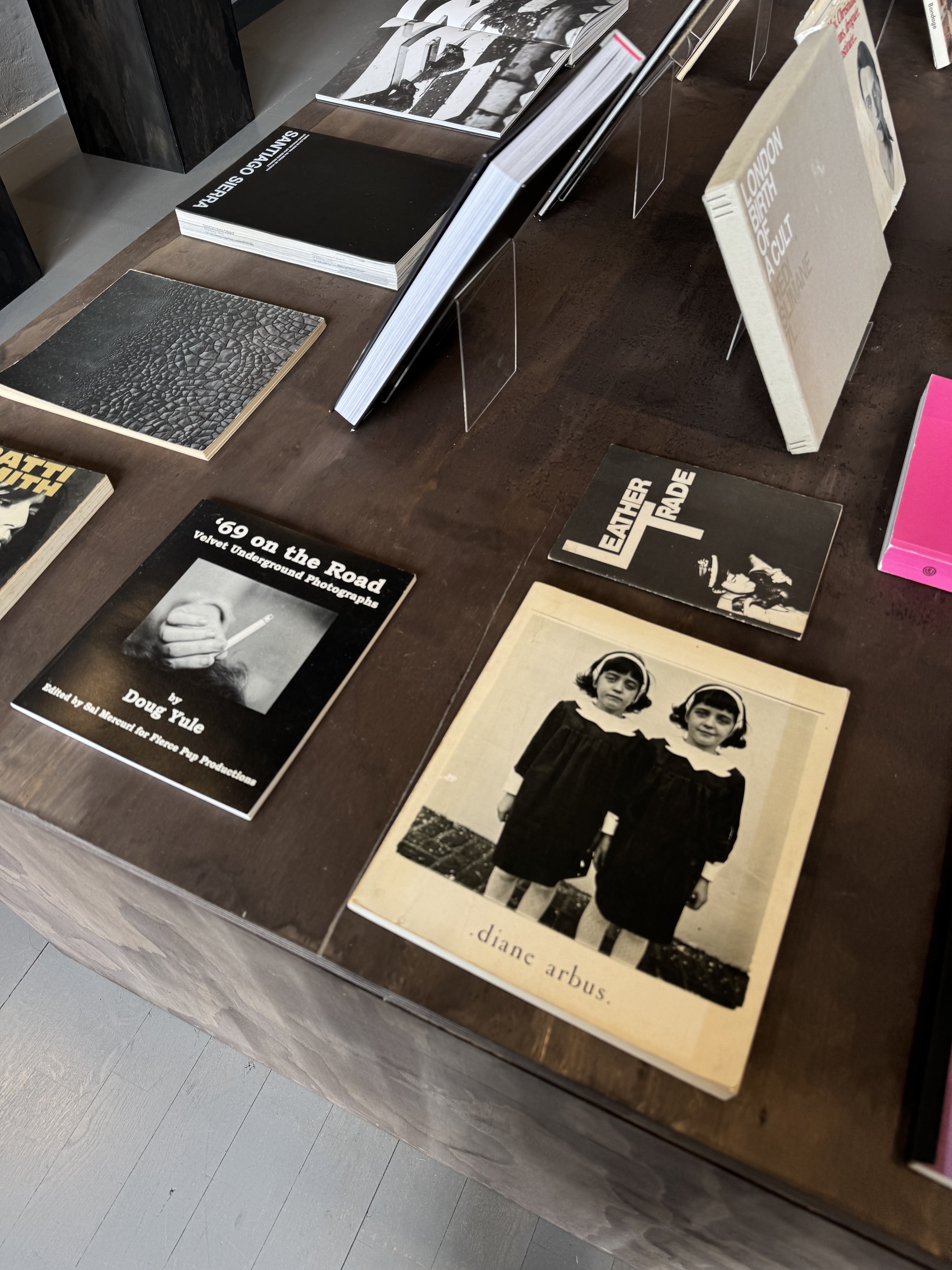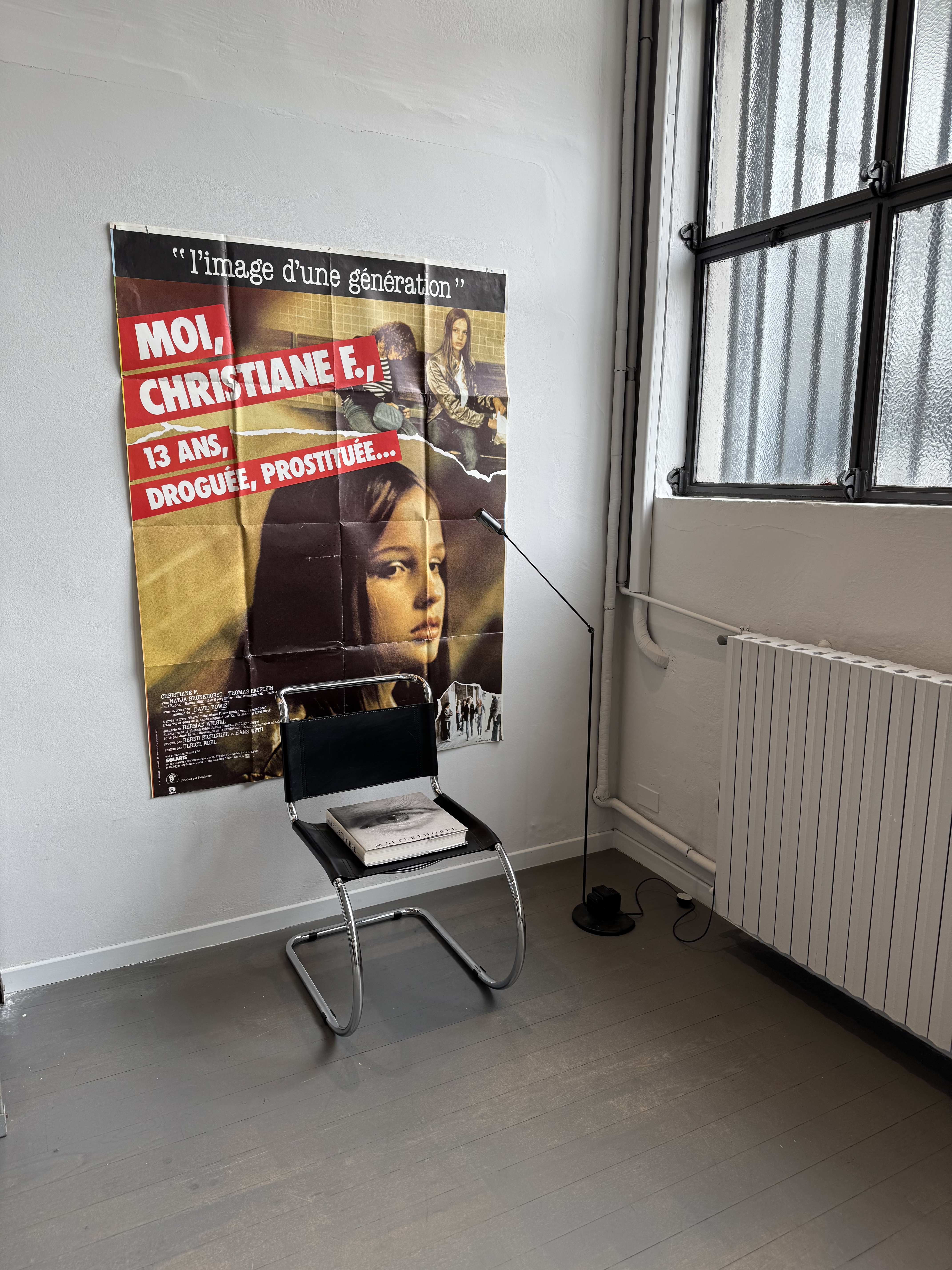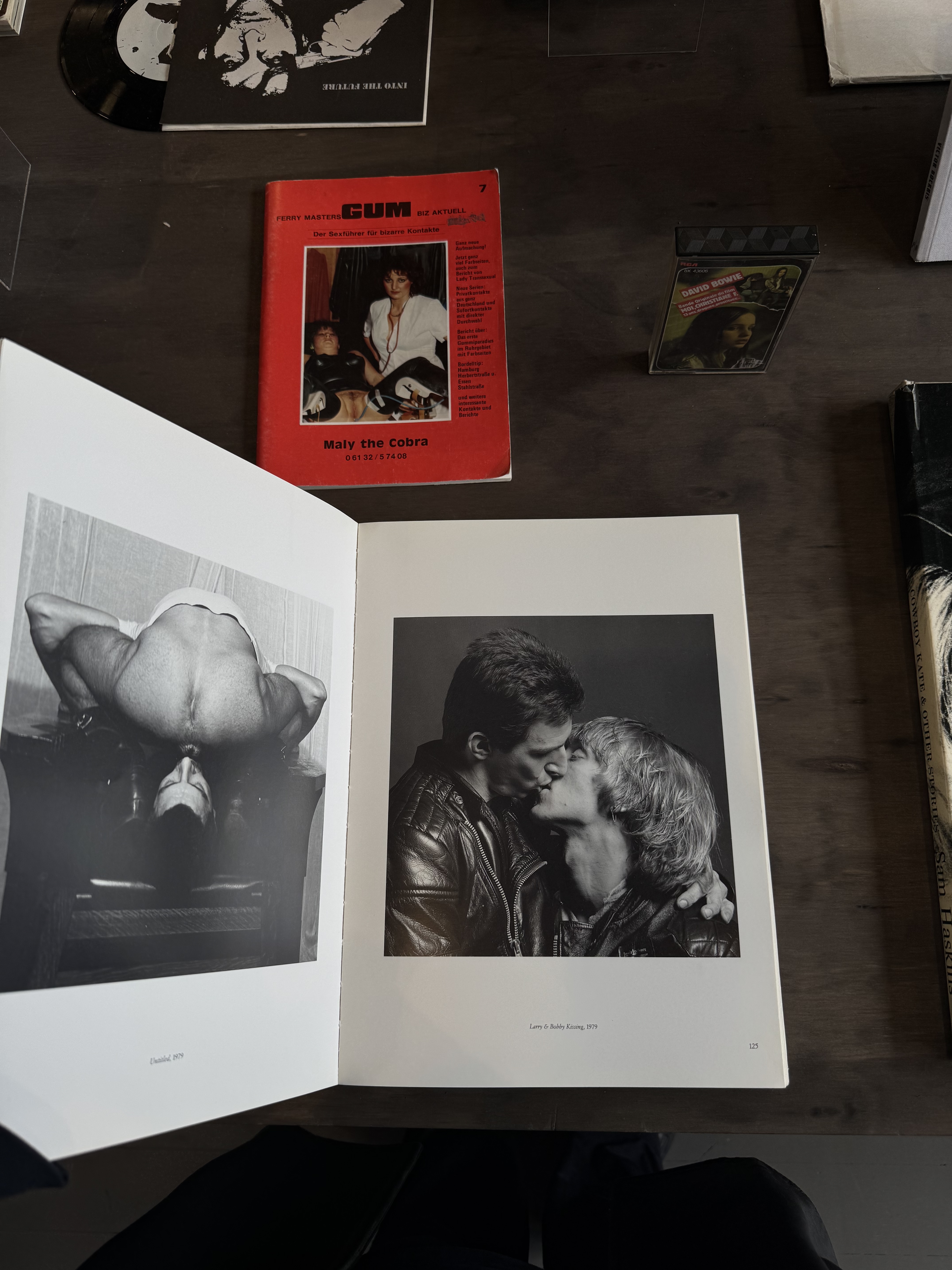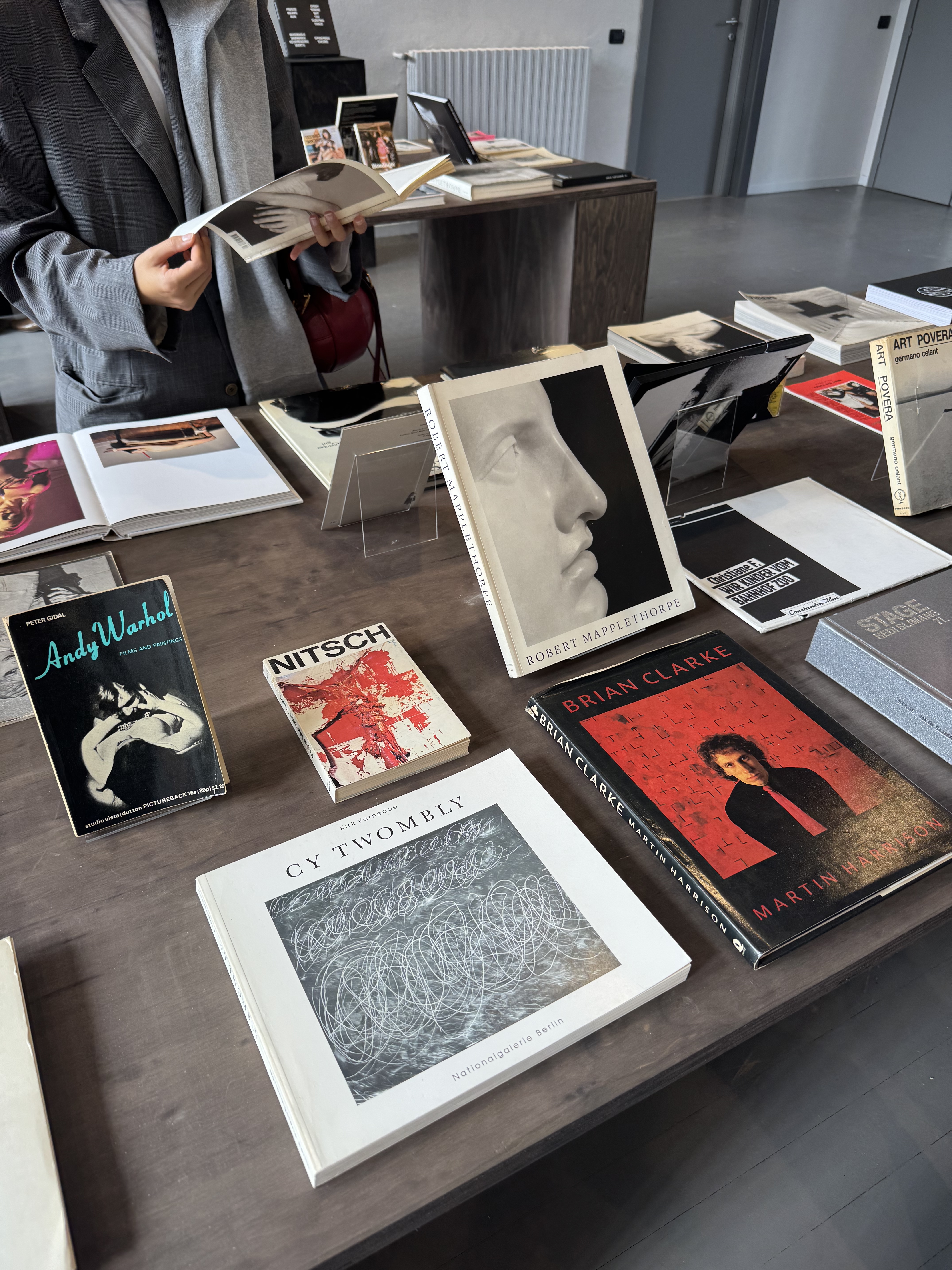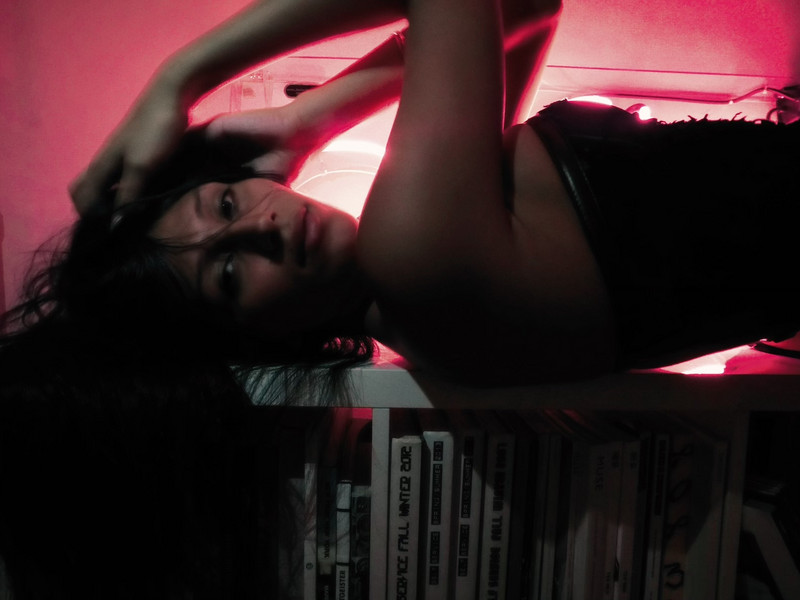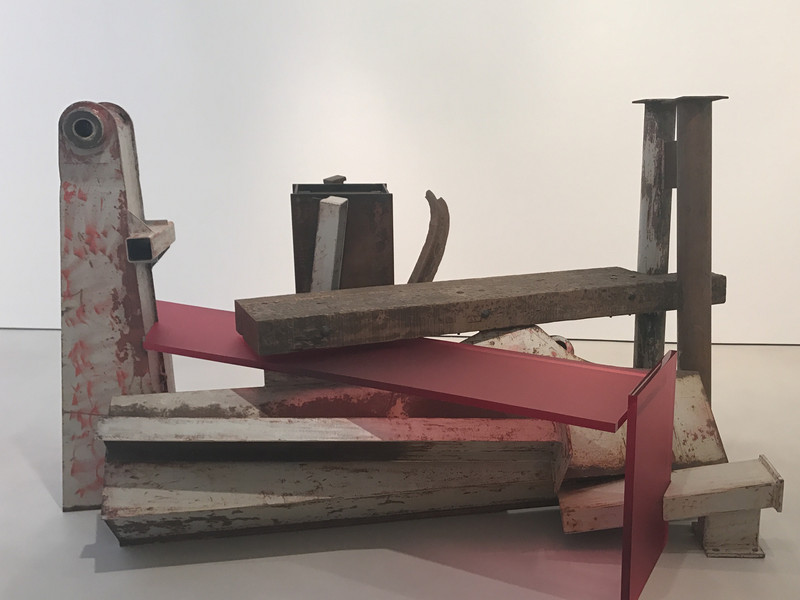Sound it Out
As he presented the work, his toddler son scampered about the little tables, demonstrating rather flawlessly how you’re supposed to navigate the piece: little jingle bells are placed on a vibrating drum-table in one corner; heavy bags placed on the central console to control the distribution of the compressed air; balancing levers lightly tapped in order to send them swaying; sliding trap doors on the sides adjusted to create variations in pitch. The sound it produces is an atonal thrum, a tremor felt throughout the body. It is little wonder that the artist is interested in how sound is experienced by the deaf, and his project is an exercise in music made to be experienced by those who cannot hear.
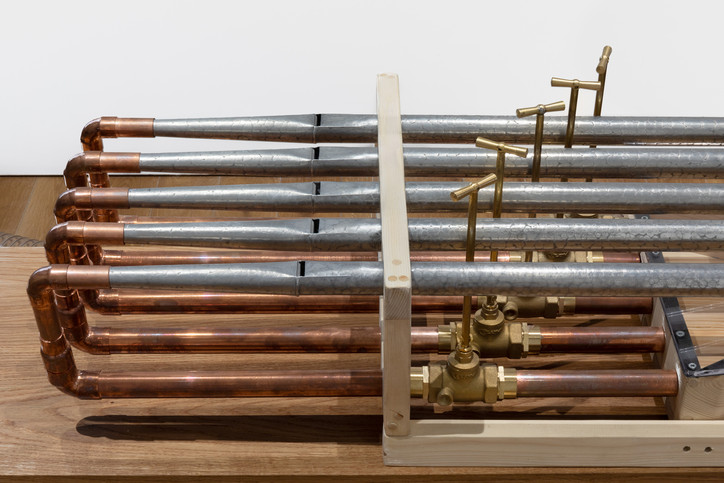
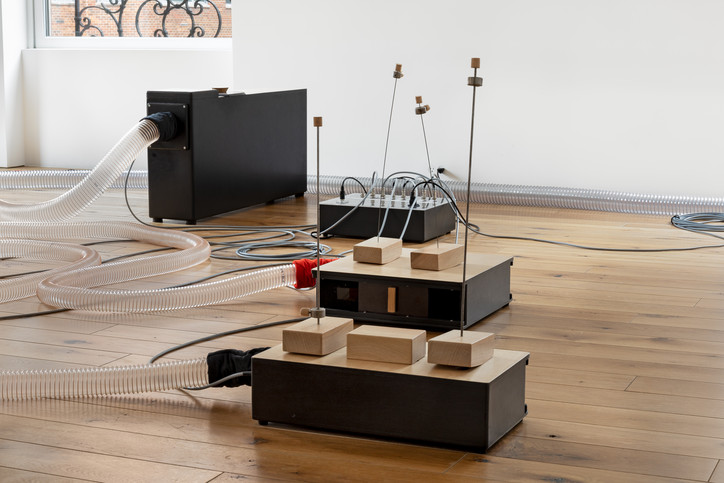
Above: Installation views of 'Organ Within.'
Tell me about he project.
This project is actually the result of two years of work and development on an idea that started with the synthesis of different projects over the last 5-7 years, I’d been working a lot with experimental music and what instruments allow in terms of new ideas of performing and collaborating, improvising, scoring. What I’ve been working on is an exploration between art and music, navigating ideas of an object as a tool for finding new ways of expression.
So it’s like a deconstructed church organ — why a church organ?
Well, because it’s historical and symbolical, also its sonority — it’s one of the most complete instruments.
Do you feel like there’s a religious connection?
Not necessarily, but there’s a spiritual quality without being necessarily religious, you see, in terms of sound.
You know what it reminds me of is the Tibetan singing bowls.
Sure, it has this sine wave quality to it. The resonance of the sound is very pure.
It goes right into your brain. Have your explored that?
There is a very strong connection between the sound of an organ flute and the sound of a gong or a singing bowl.
It also reminds me of the conductor who’s deaf — did you think of Beethoven?
Yeah, of course, definitely. But beyond the anecdote, there’s lots of subtety to the story.
Can you describe that project in the back room a little bit?
It’s the first iteration of an orchestra I built for deaf and hearing people, we started a several-week long program of composers and residents working with amatuers, professionals, deaf and hearing people, and it’s a very long, deep exploration of what it means to play together outside of the ears and outside of any consideration of who’s deaf, who’s hearing, putting all these considerations aside.
How do you feel the deaf people who participated reacted?
The reactions are multiple, but somebody like Robert, who conducted the orchestra, we’ve ended up working together regularly.
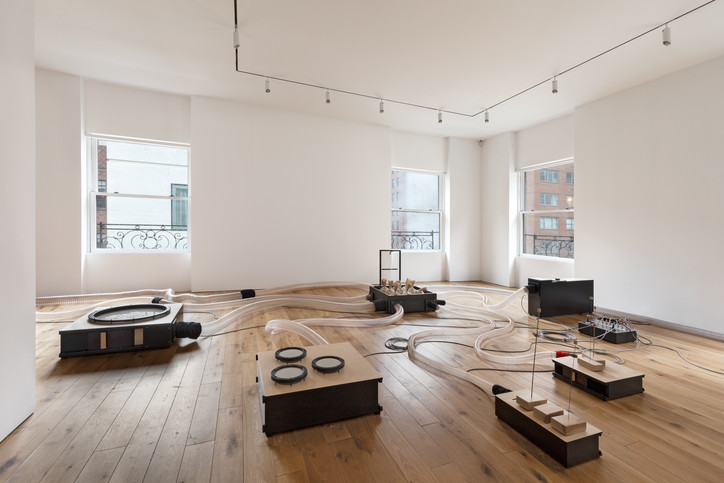

Above: Installation views.
And he’s deaf?
Yes, the conductor is profoundly deaf, he doesn’t hear anything. But what they take out of it could be one shot experience where they participate to deconstruct precepts or preconceptions about what sound is for deaf people, or what it means to play an instrument or make music. It can go much further into a series of collaborations that aren’t one shot.
Why deaf people? What led you to this?
It’s the intuition of thinking that deaf people have another understanding of sound on a daily basis than us, and I was asking, what is that like?
Are you close with a deaf person?
A lot now because of this project.
Were you a musician before, or what made you so interested in sound?
I studied sound art. You see, I wasn’t a musician, I’m not a professionally trained musician, I really studied sound from the perspective of contemporary composition and interactive composition, and it being physical matter than relates to space which relates to the body — so these notions were there from the beginning.
Is this your son?
Yes
What’s his name?
Sohal.
Where are you from?
Lebanon.
And how old is he?
Two and half.
Above: Installation views of 'Organ Within.'
He was the star of the show.
He knows how to play, he’s very familiar with all this.
Did he influence the project at all?
No, not really, but he was there through the process.
So you’re going to do a series of concerts with this or?
Yes, there’s a series of residencies that start next week. Every week is a different guest that works with this instrument, and then at the end there is this big finale at the Guggenheim.
And how are they going to manipulate it? Basically they can do whatever they want?
Yes, yes. I’m very curious to see their appropriation and interpretation of the thing.
And how did you choose these people, are they artists or?
It was actually through my assistant Robert (different from the conductor), who controls the music shop, he chose notorious people or people who have been here in the experimental, improv, electronic scene.
So deejays and artists and people like that?
Deejays, sound artists, improvisors, electronic musicians. Some are even deaf, of course.
'Organ Within' is on view at kurimanzutto through June 25th, 2019. Images courtesy the artist and kurimanzutto, photos by Dawn Blackman.
